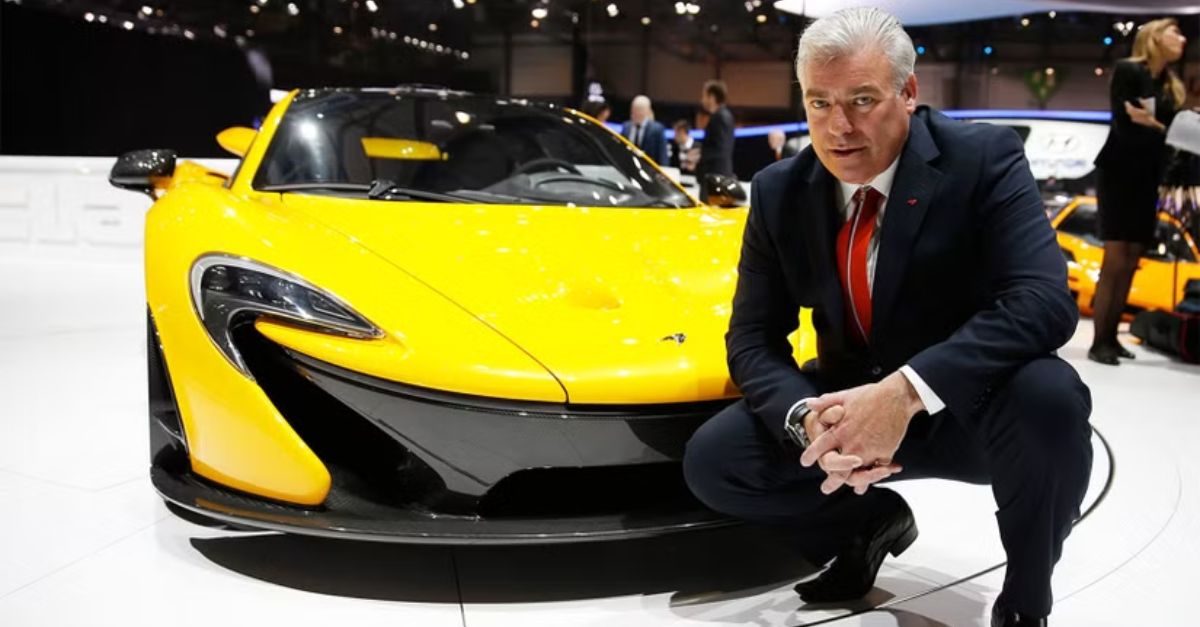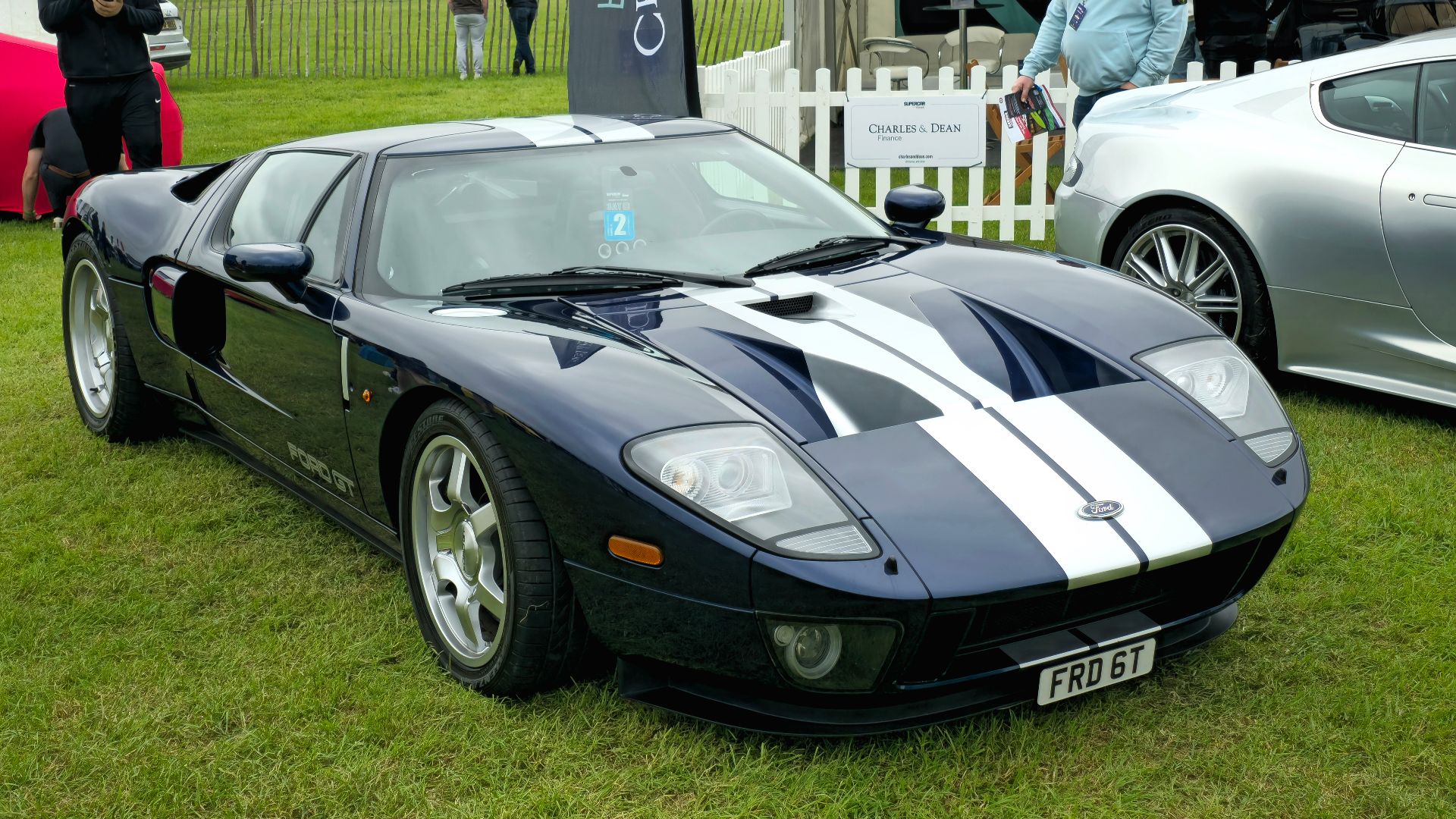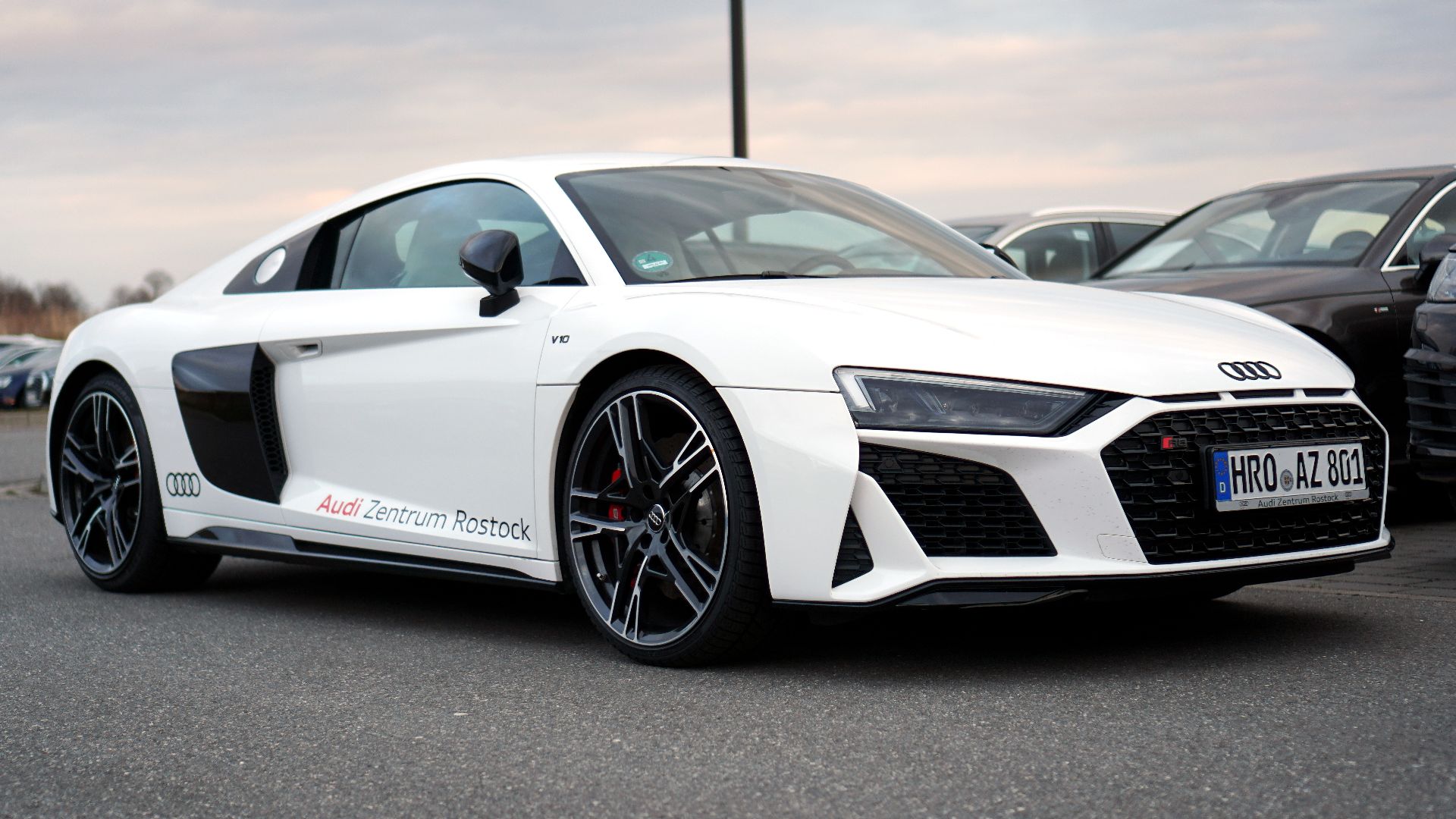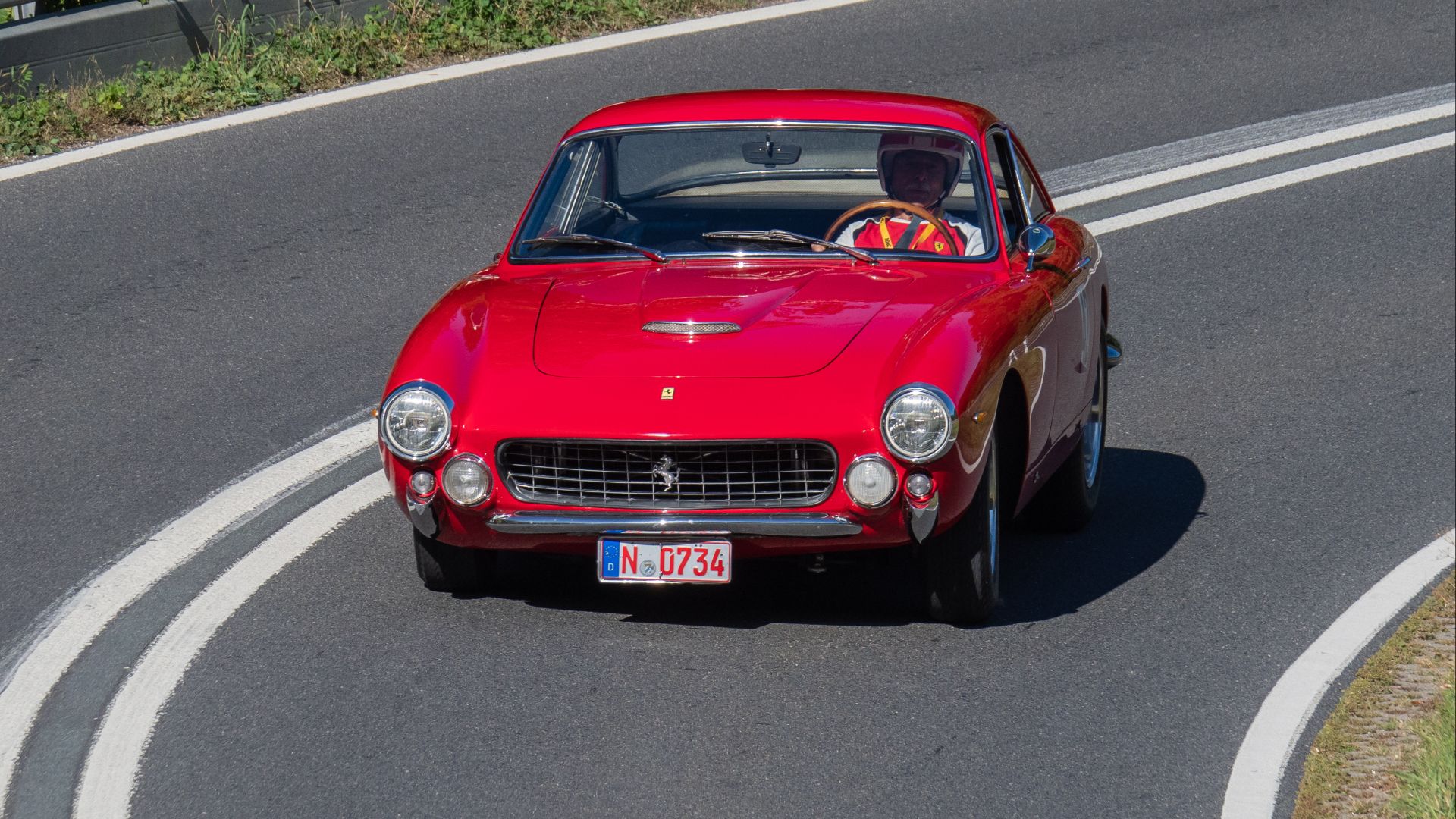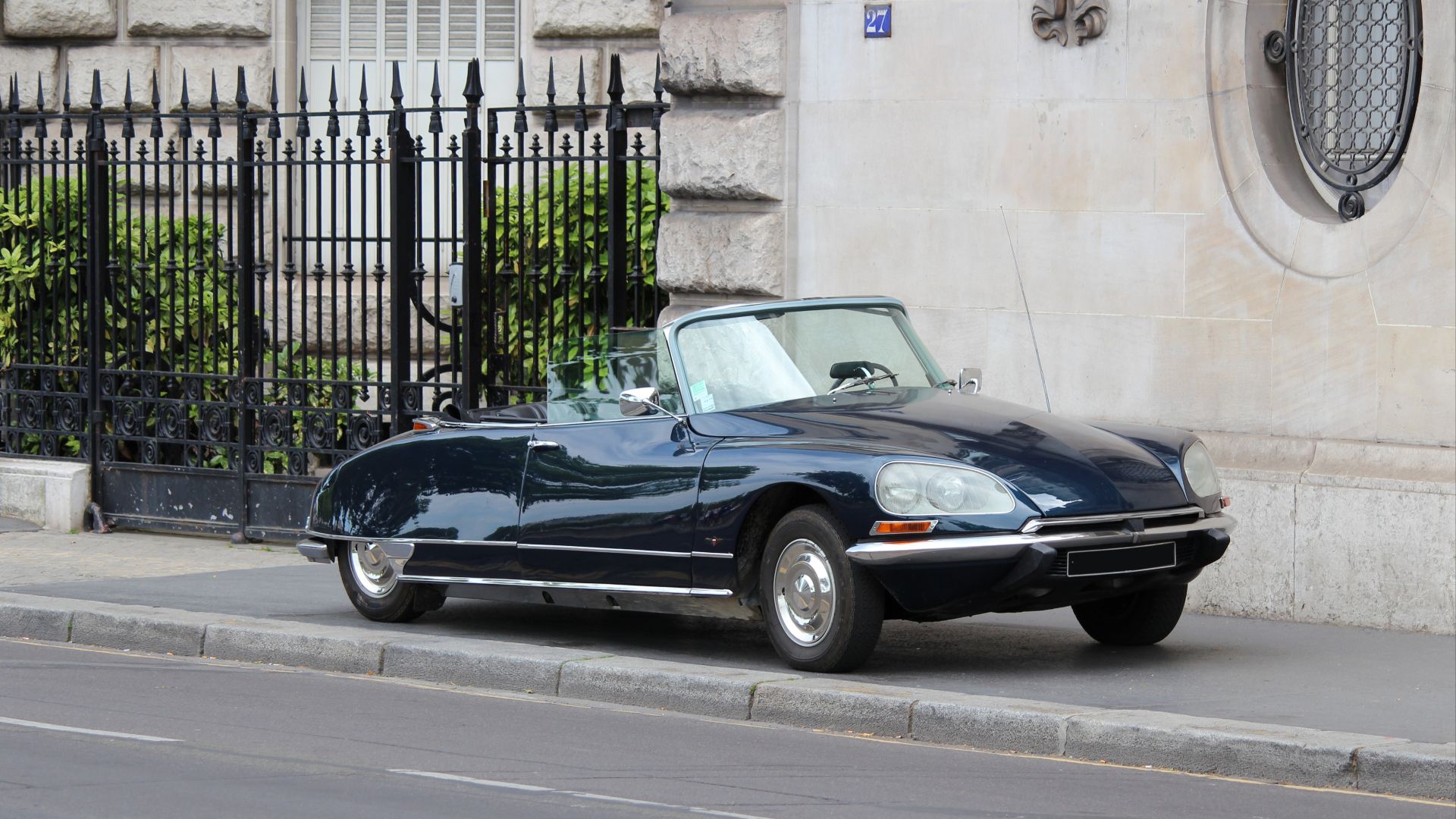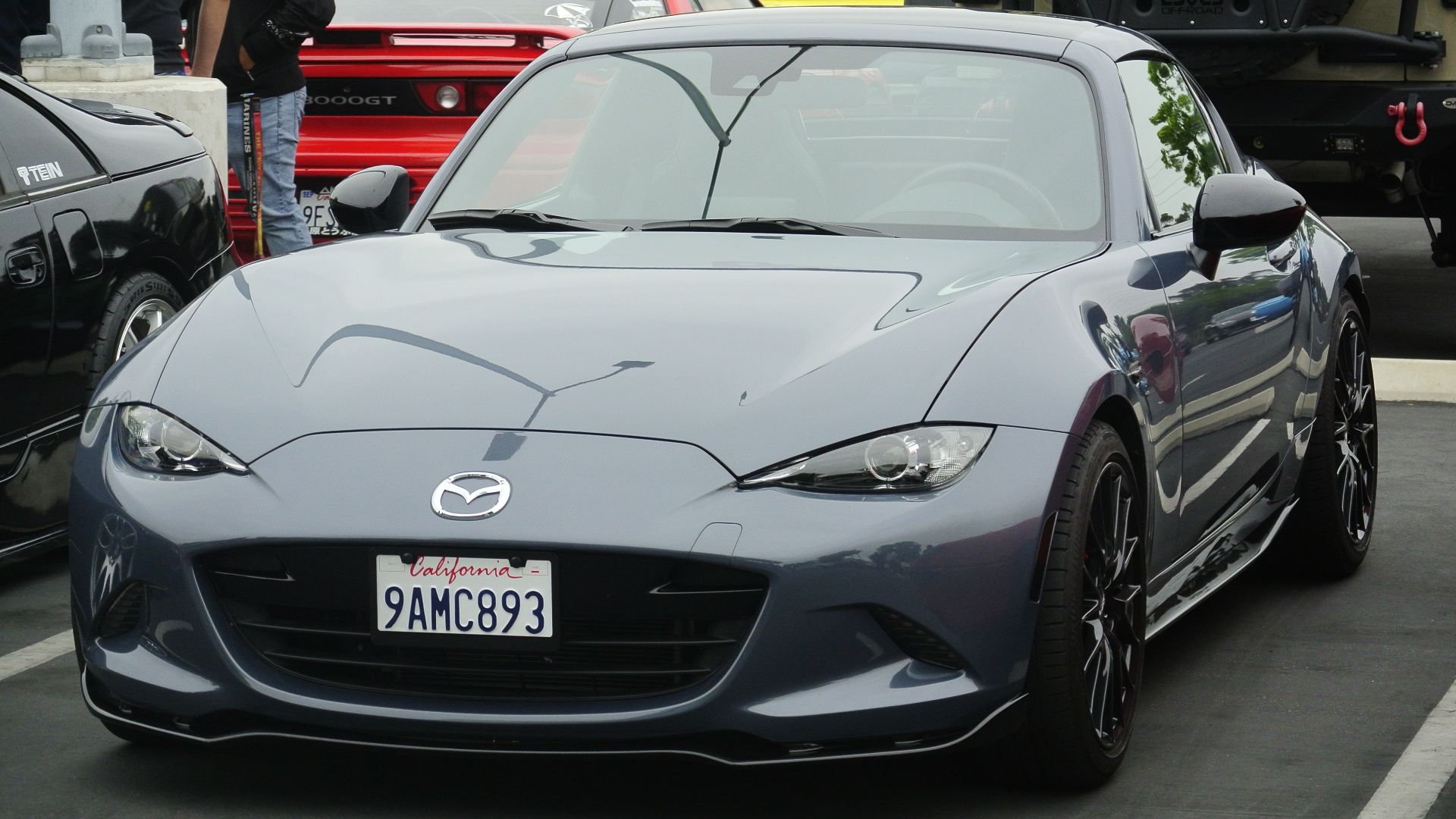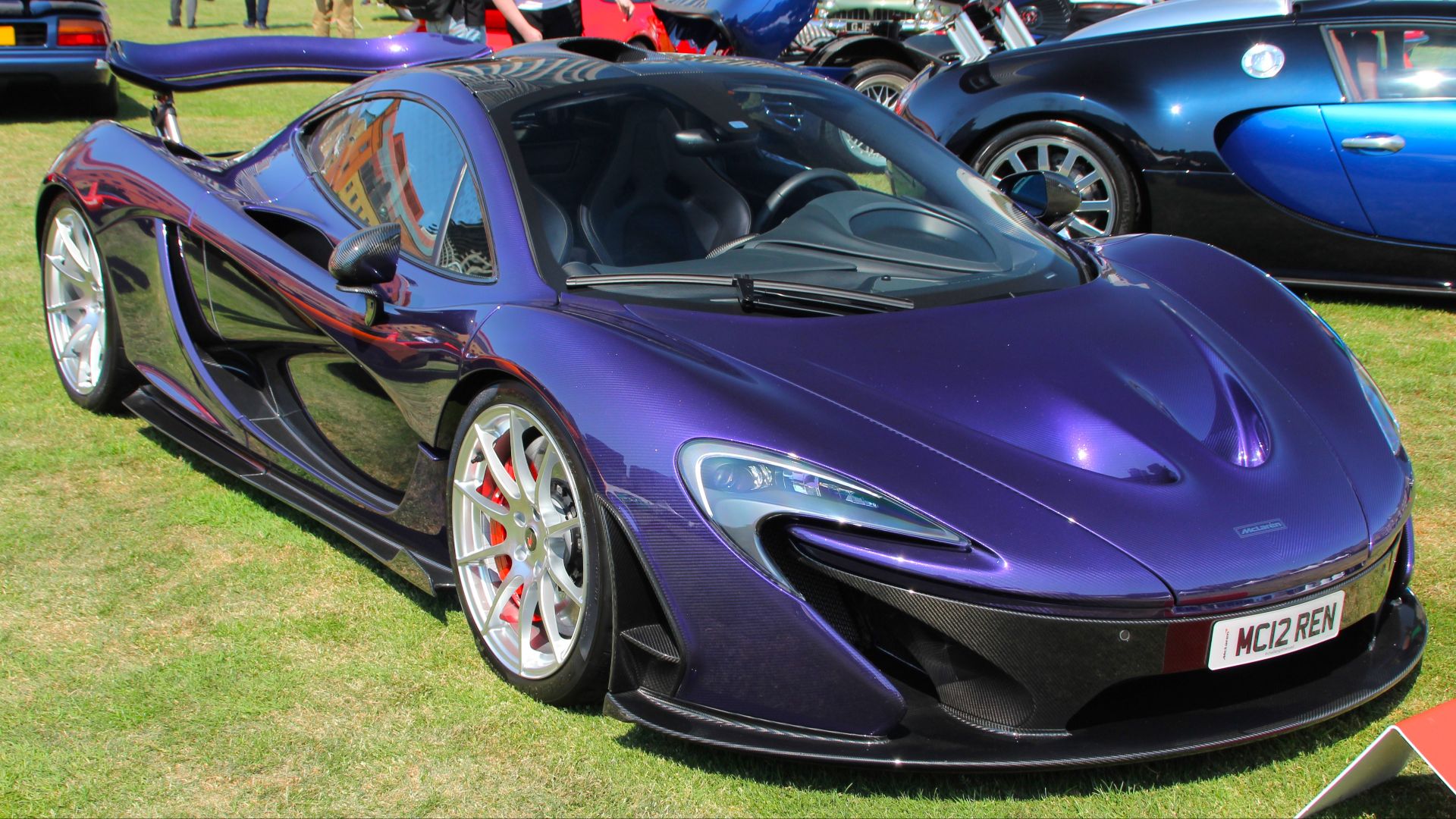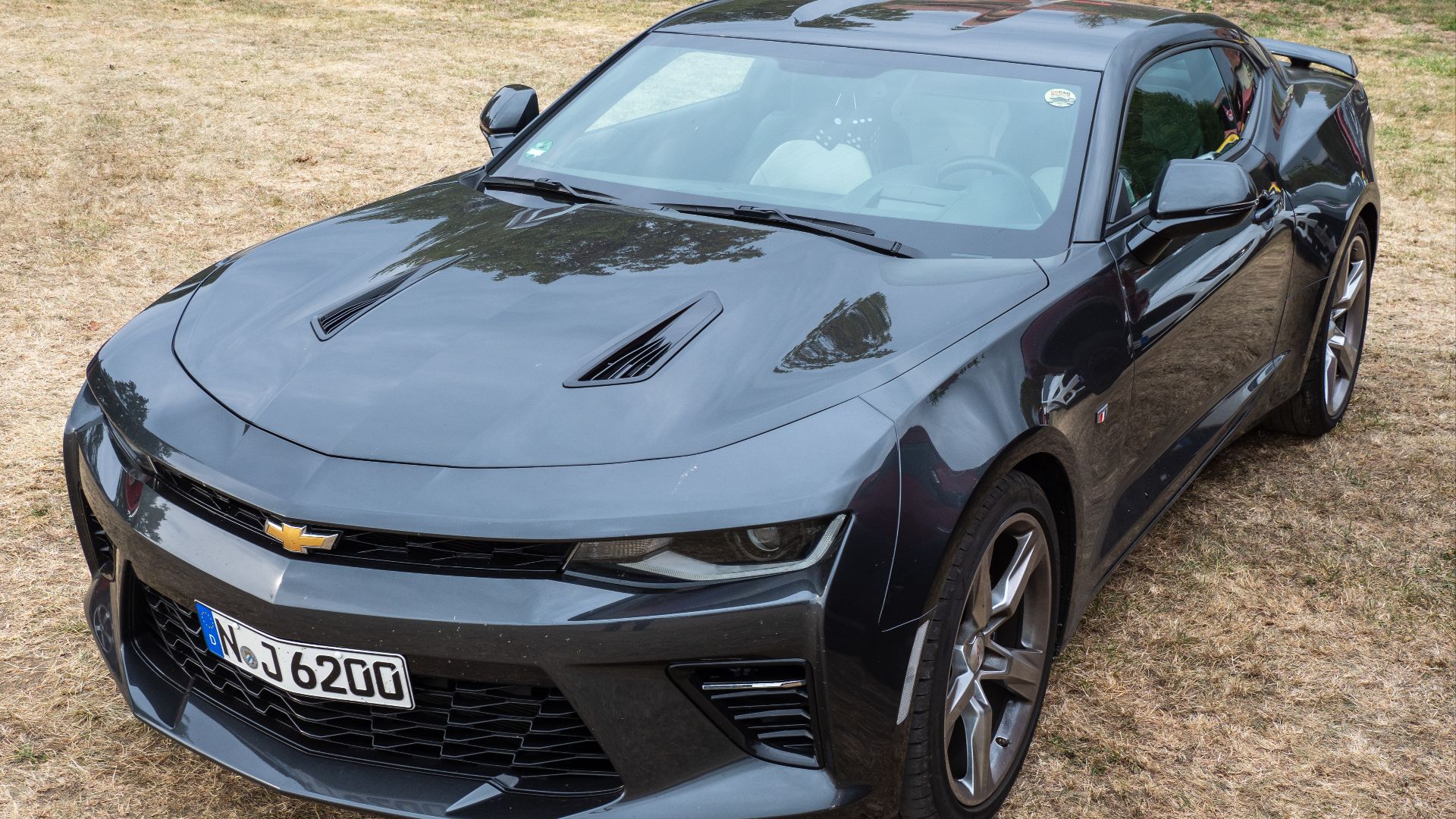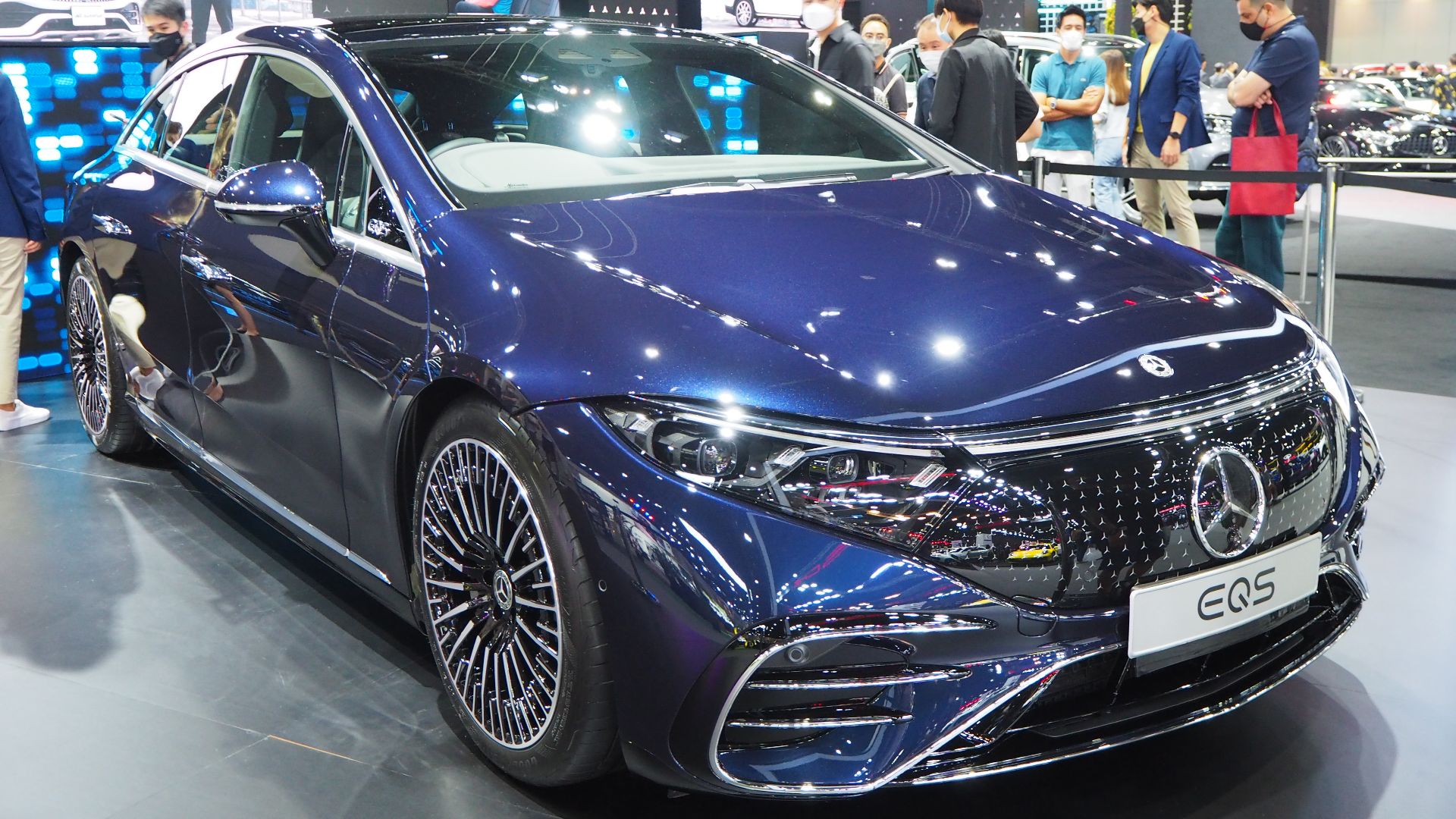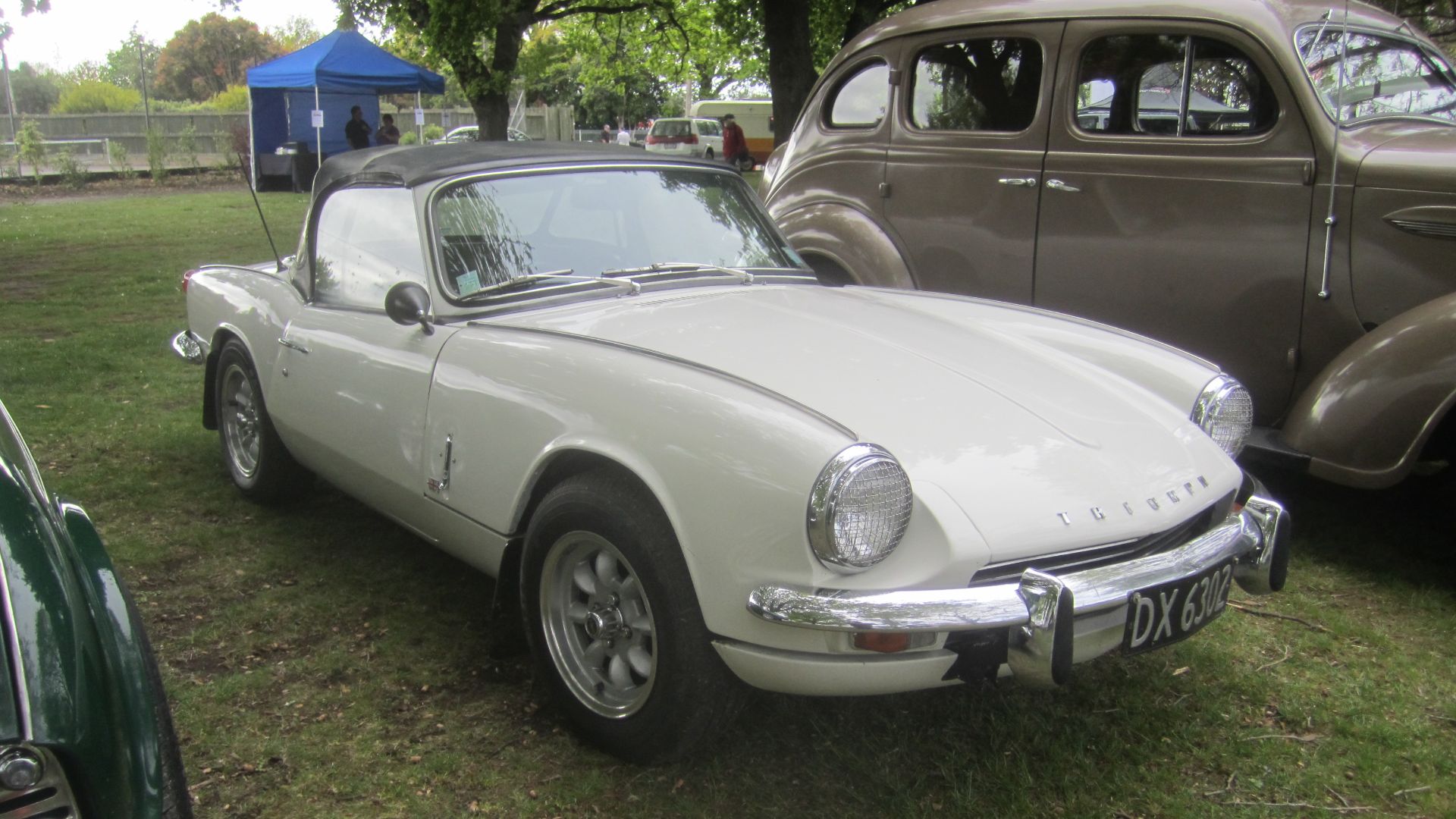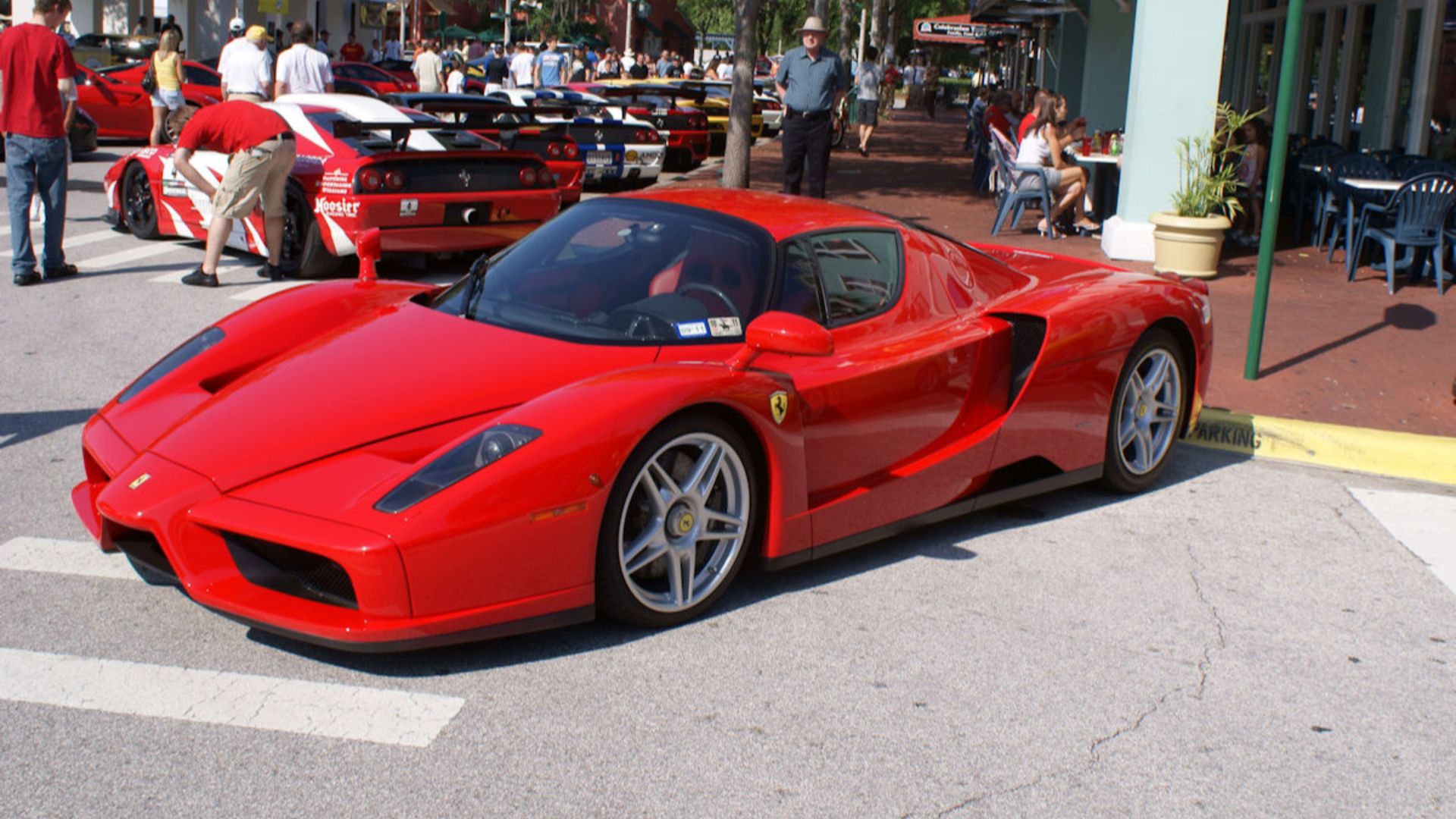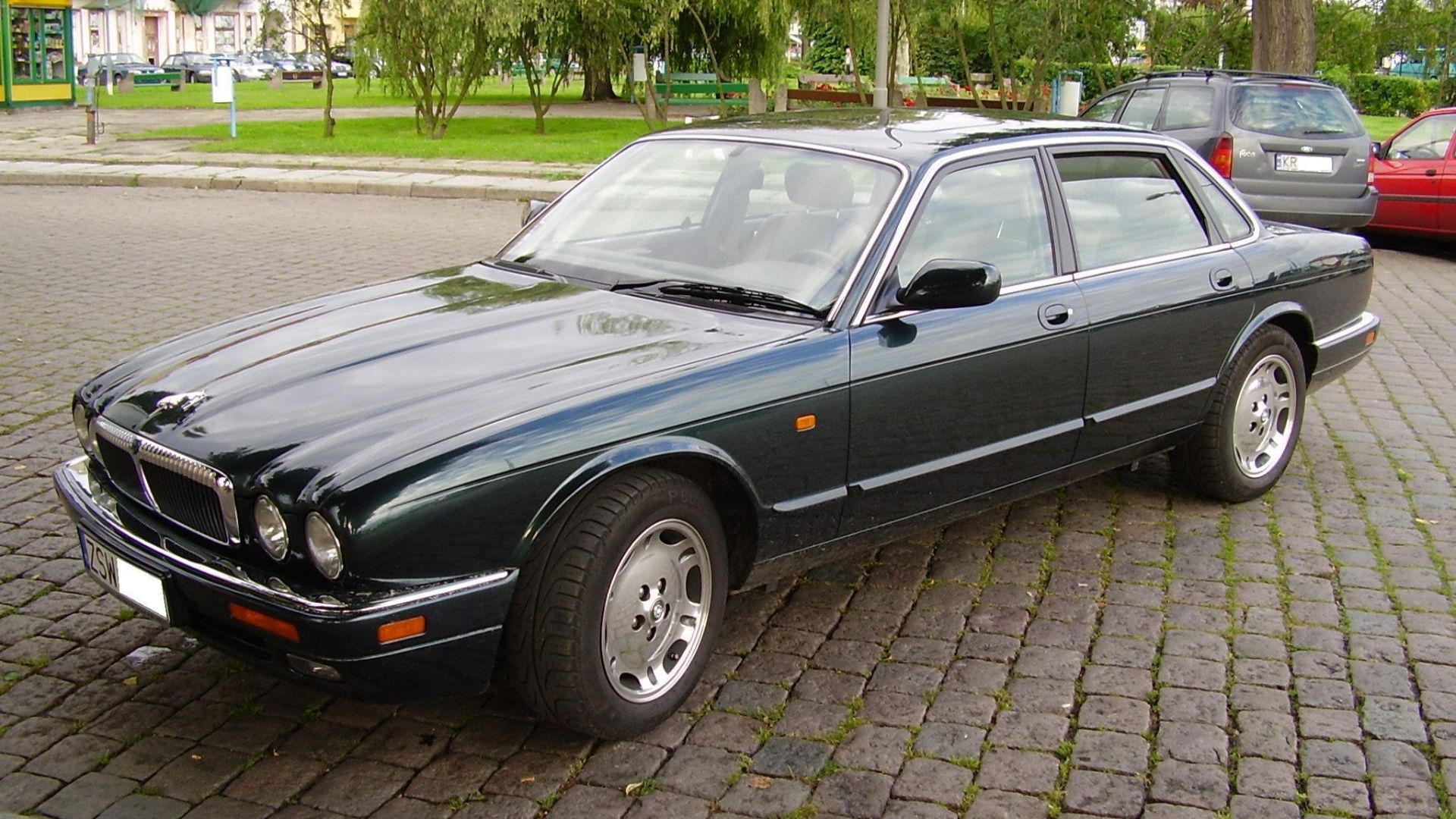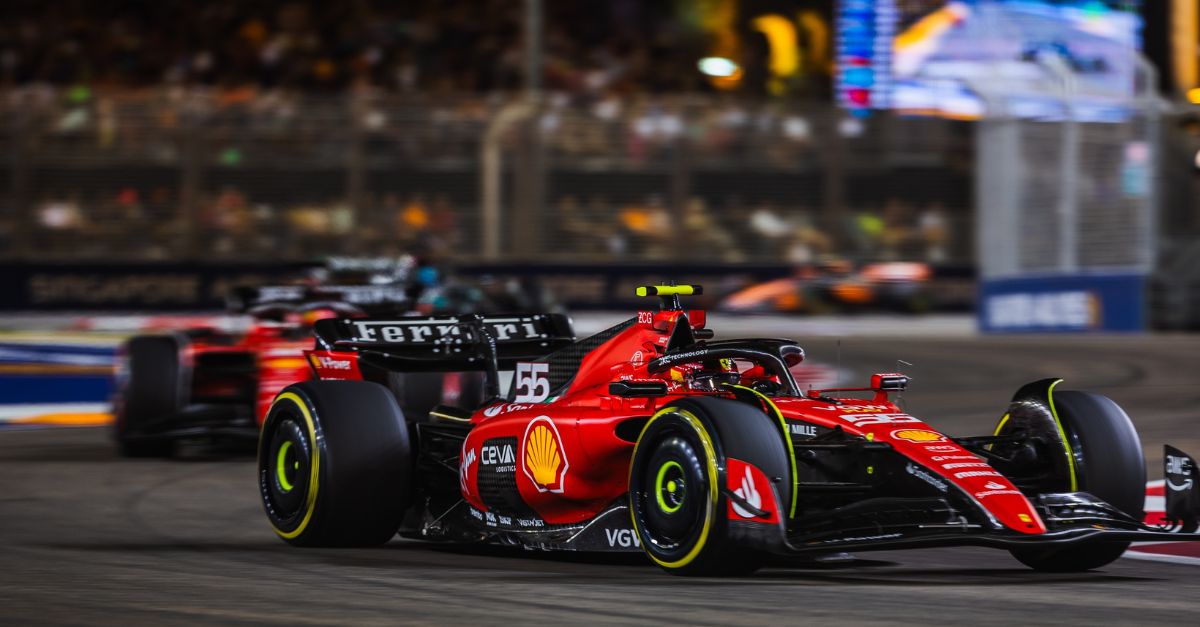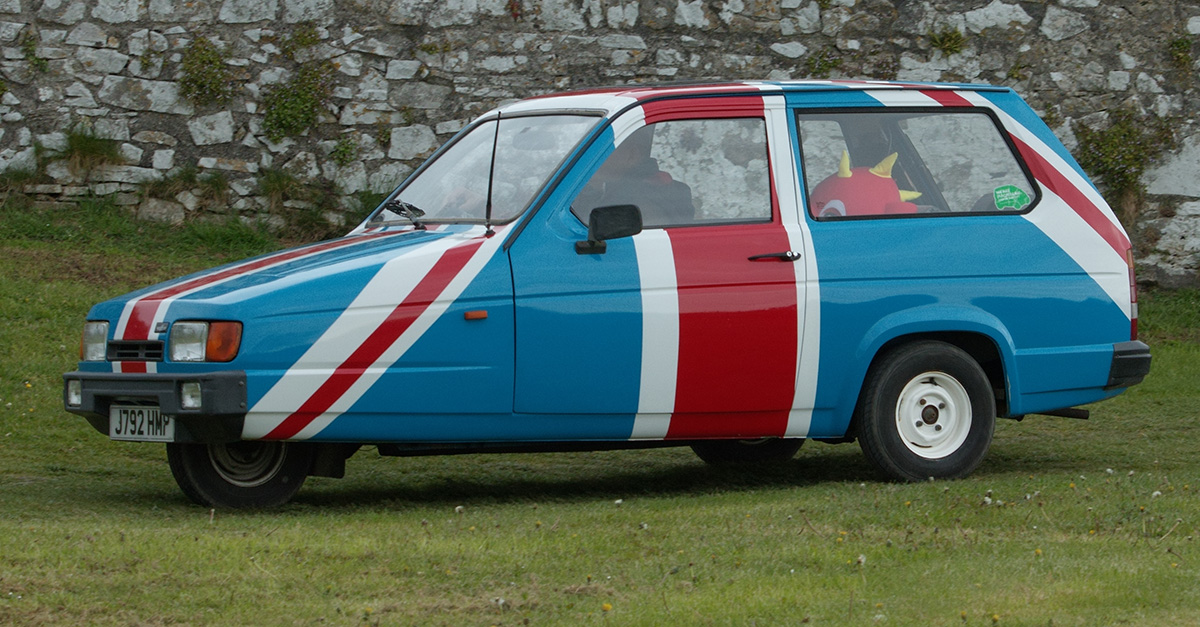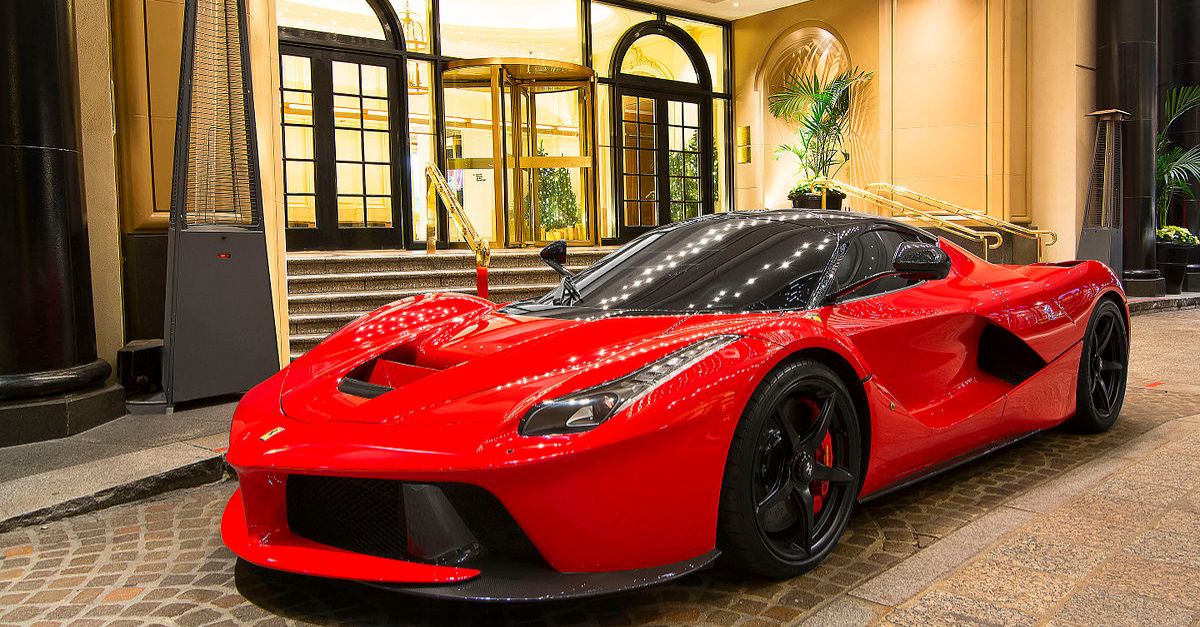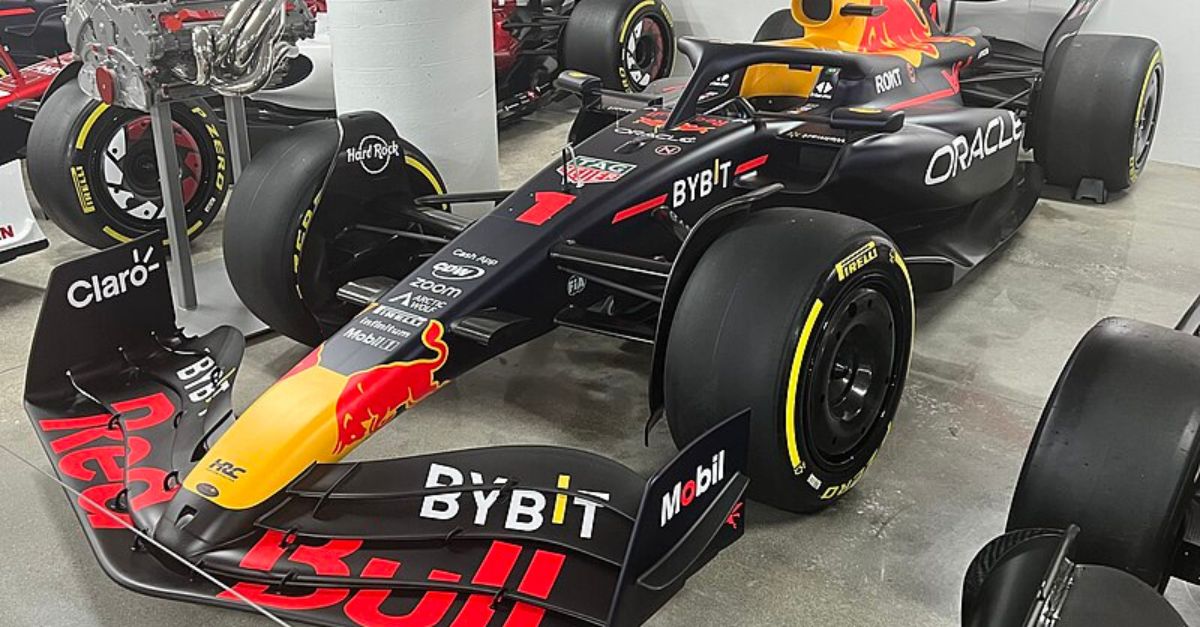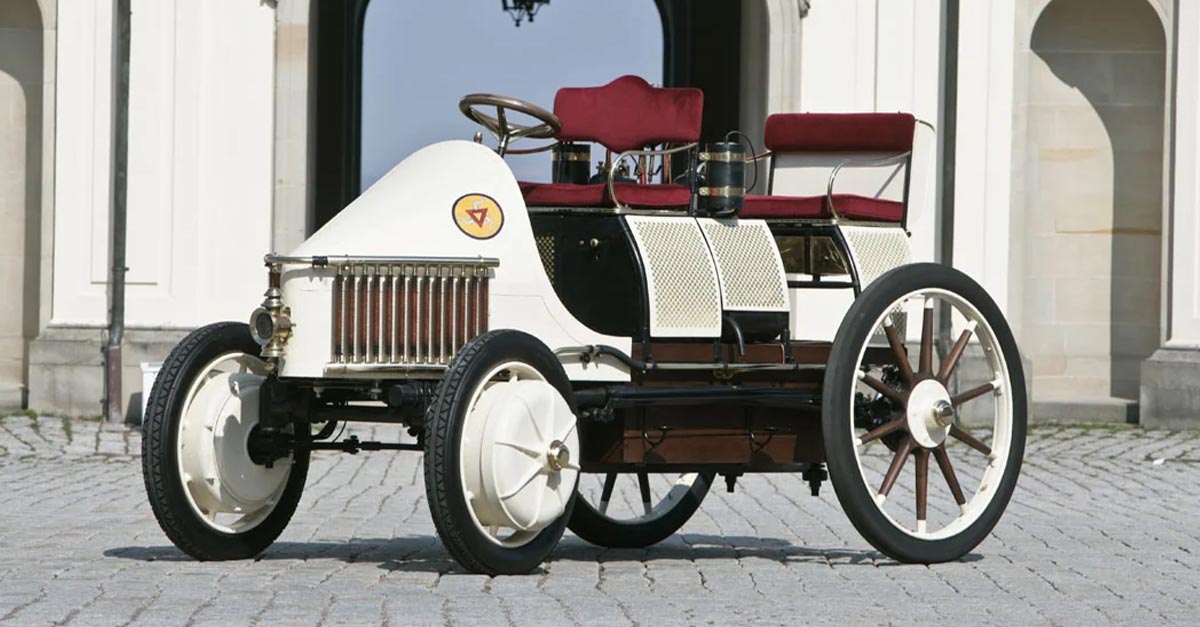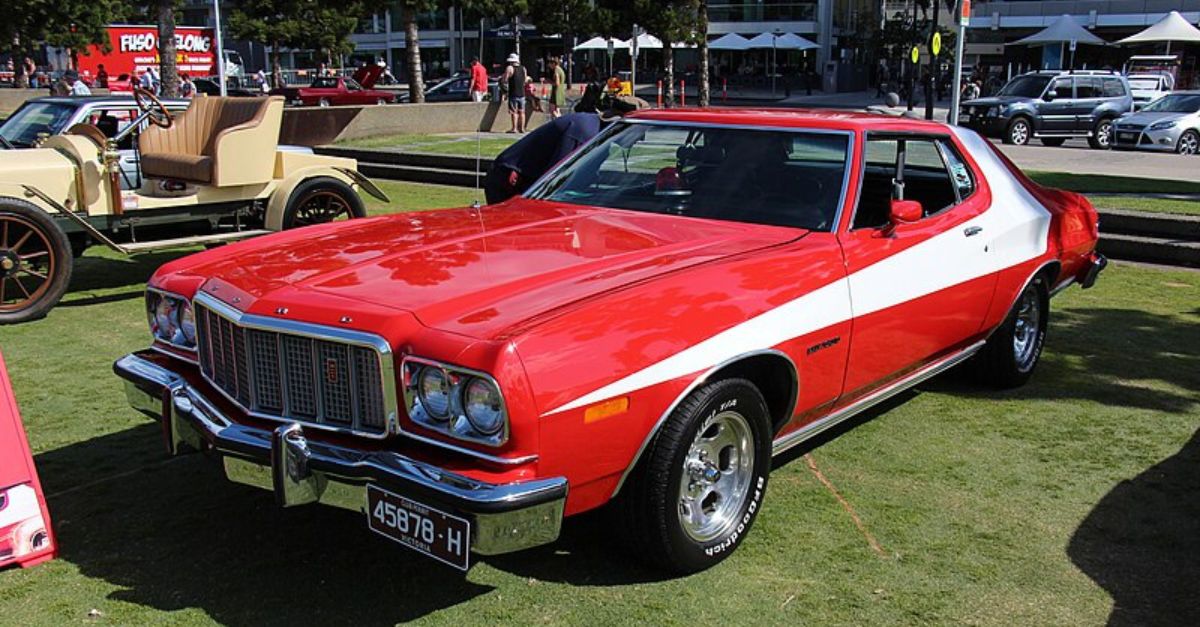Legends Who Changed How Cars Look
A curve here, a line there—and suddenly, a legend is born. These automotive visionaries didn’t follow trends but forged them by turning speed into sculpture. Beginning as sketches, their creations have become prized collectors’ treasures.
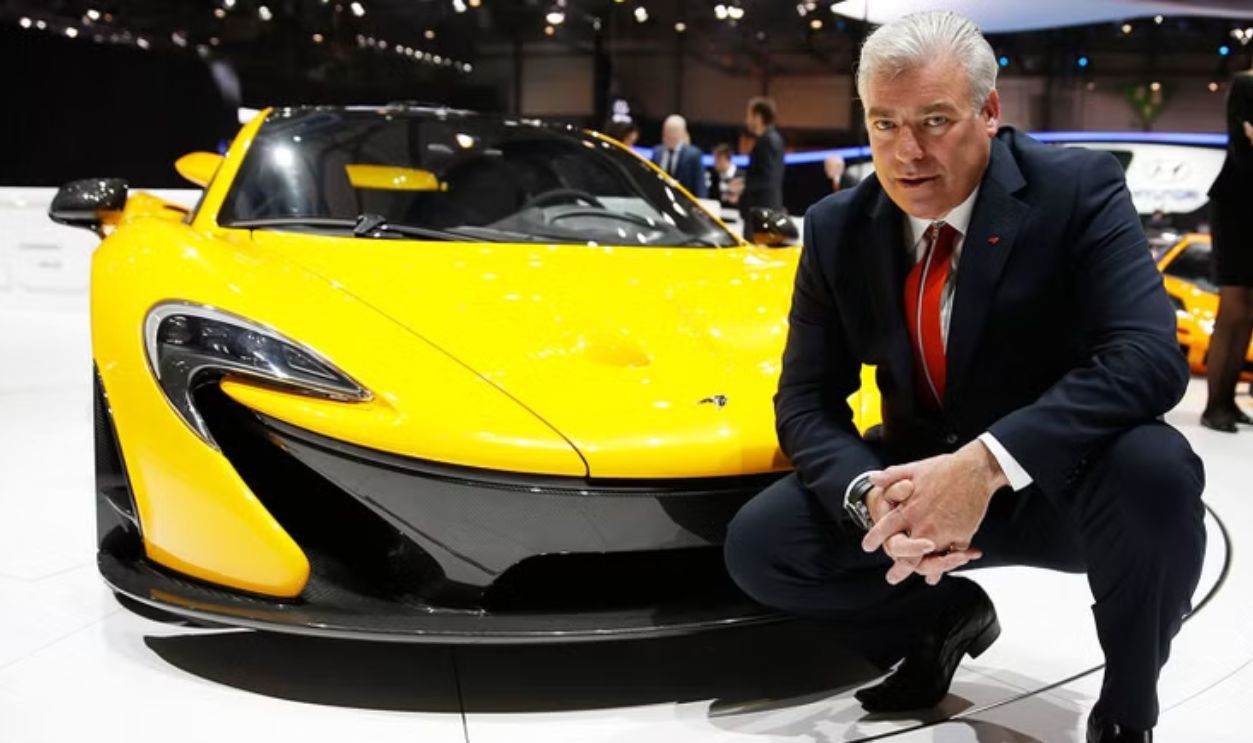
Giorgetto Giugiaro And The DeLorean DMC-12
Giugiaro’s design fingerprints are everywhere—from the Volkswagen Golf to the Lotus Esprit. Nevertheless, the DeLorean DMC-12 stands out for its brushed stainless steel body and gull-wing doors. This angular masterpiece became pop culture royalty and exemplifies Giugiaro’s ability to merge futuristic aesthetics with mass-market potential.
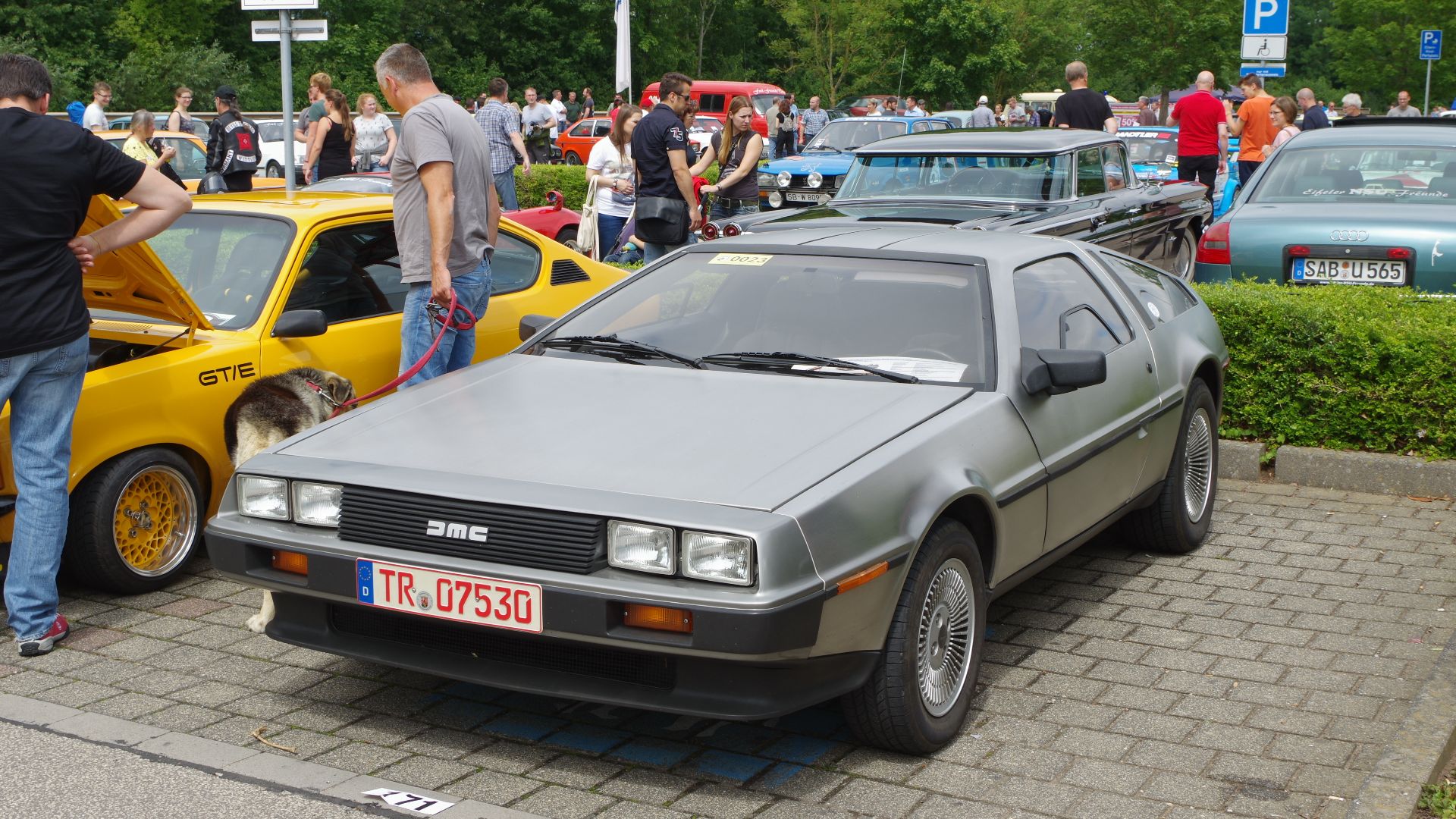 Berthold Werner, Wikimedia Commons
Berthold Werner, Wikimedia Commons
Ian Callum And The F-Type
Bringing Jaguar into the 21st century was a reinvention. The F-Type debuted in 2013 as a modern descendant of the E-Type, blending power with poised elegance. Callum’s sharp lines and muscular curves helped reestablish Jaguar’s credibility as a world-class luxury performance brand.
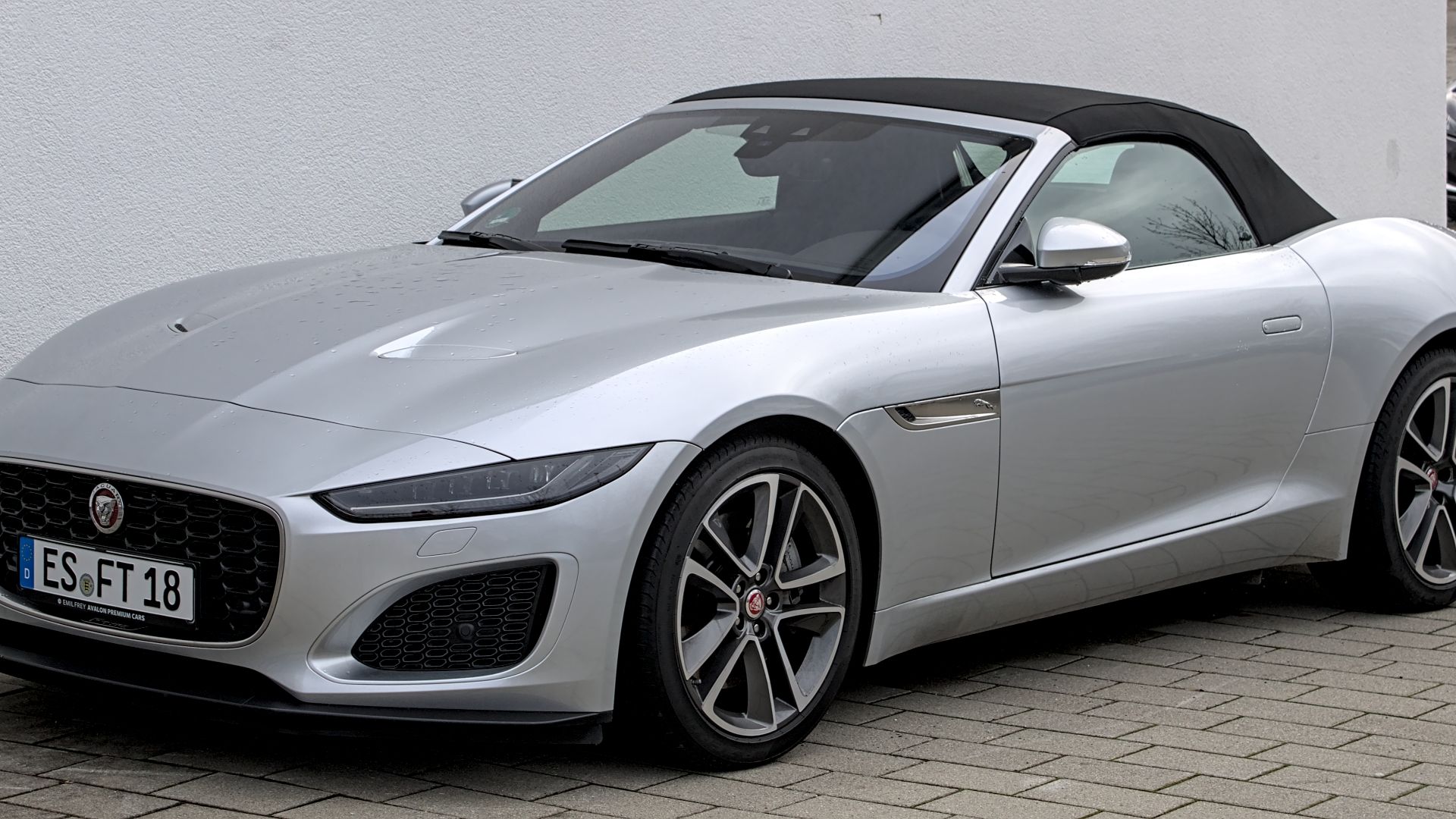 Alexander Migl, Wikimedia Commons
Alexander Migl, Wikimedia Commons
Leonardo Fioravanti And The Ferrari Daytona
The 1968 Ferrari Daytona, formally the 365 GTB/4, didn’t scream for attention, but that was its strength. Fioravanti’s work at Pininfarina resulted in a sleek, front-engine GT with strong proportions and minimal ornamentation. Its restraint made it timeless, and its shape remains one of Ferrari’s most respected visual statements.
 Spurzem - Lothar Spurzem, CC BY-SA 2.0 DE, Wikimedia Commons
Spurzem - Lothar Spurzem, CC BY-SA 2.0 DE, Wikimedia Commons
Camilo Pardo And The Ford GT
When Ford resurrected its Le Mans legacy, it needed a design that respected history while embracing the future. Pardo’s 2005 Ford GT achieved both. With its wide stance and aerodynamic body, the car honored the GT40 while becoming a collectible performance icon in its own right.
Shiro Nakamura And The GT-R
Aggression and precision define the R35 Nissan GT-R. Launched in 2007, this car was Nakamura’s way of expressing Japan’s performance values in a global context. Rather than mimicking European supercars, he crafted something unapologetically high-tech, with sharp architecture and raw intensity, making “Godzilla” look as powerful as it drives.
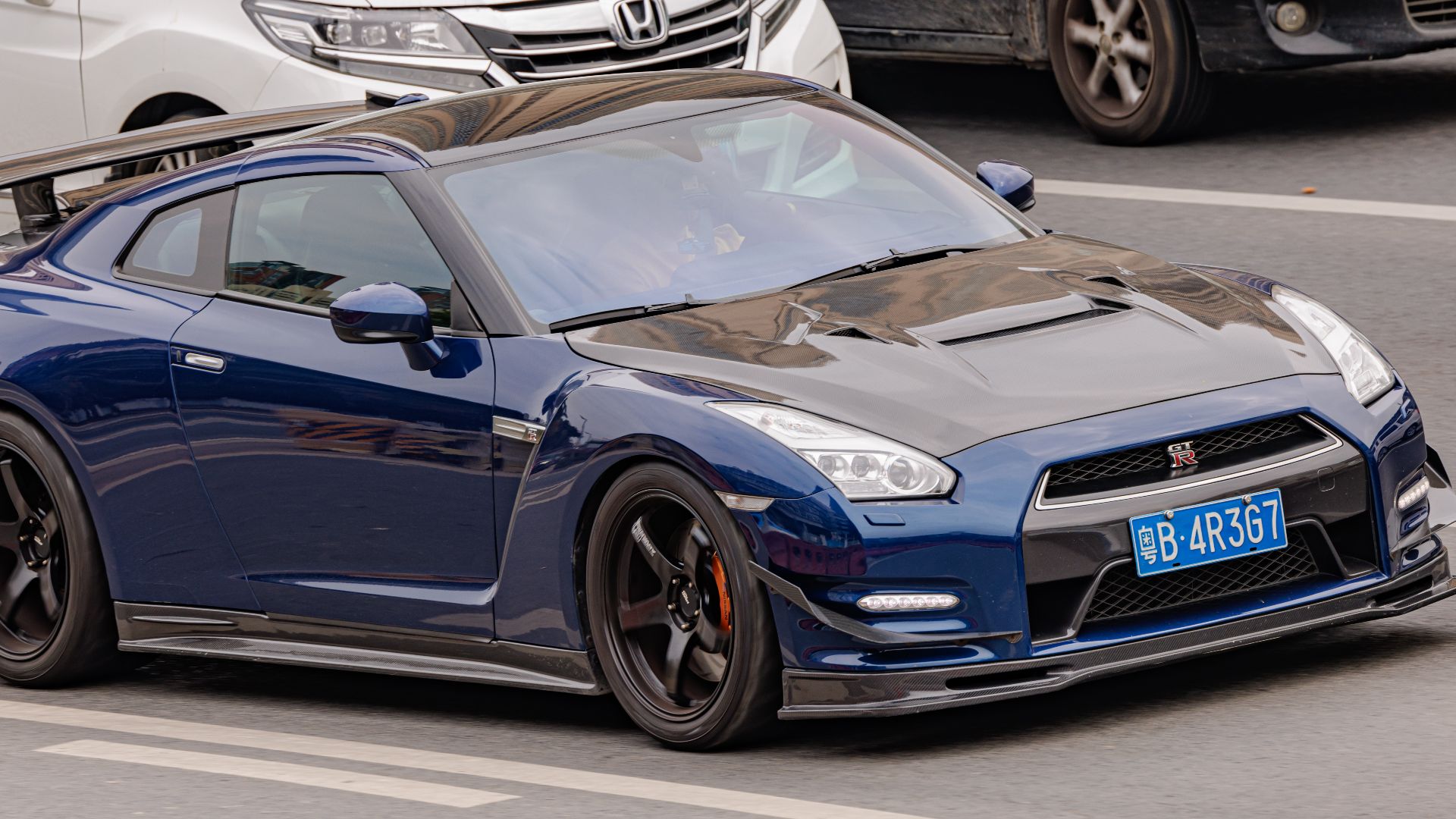 Dinkun Chen, Wikimedia Commons
Dinkun Chen, Wikimedia Commons
Walter De Silva And The Audi R8
Clean lines and minimalist surfaces gave the Audi R8 its signature confidence. This supercar balanced form and function while signaling Audi’s entry into the elite performance segment since its introduction in 2006. De Silva’s work placed the brand above sedans and showed that German engineering could look as sharp as it performs.
Peter Schreyer And The Stinger
Before Peter Schreyer’s arrival, Kia wasn’t known for design leadership. That changed when the Stinger hit roads in 2017. This grand tourer challenged German rivals with elegant proportions and a genuine sense of ambition. Schreyer’s “Tiger Nose” grille became a signature and marked Kia’s shift toward premium credibility.
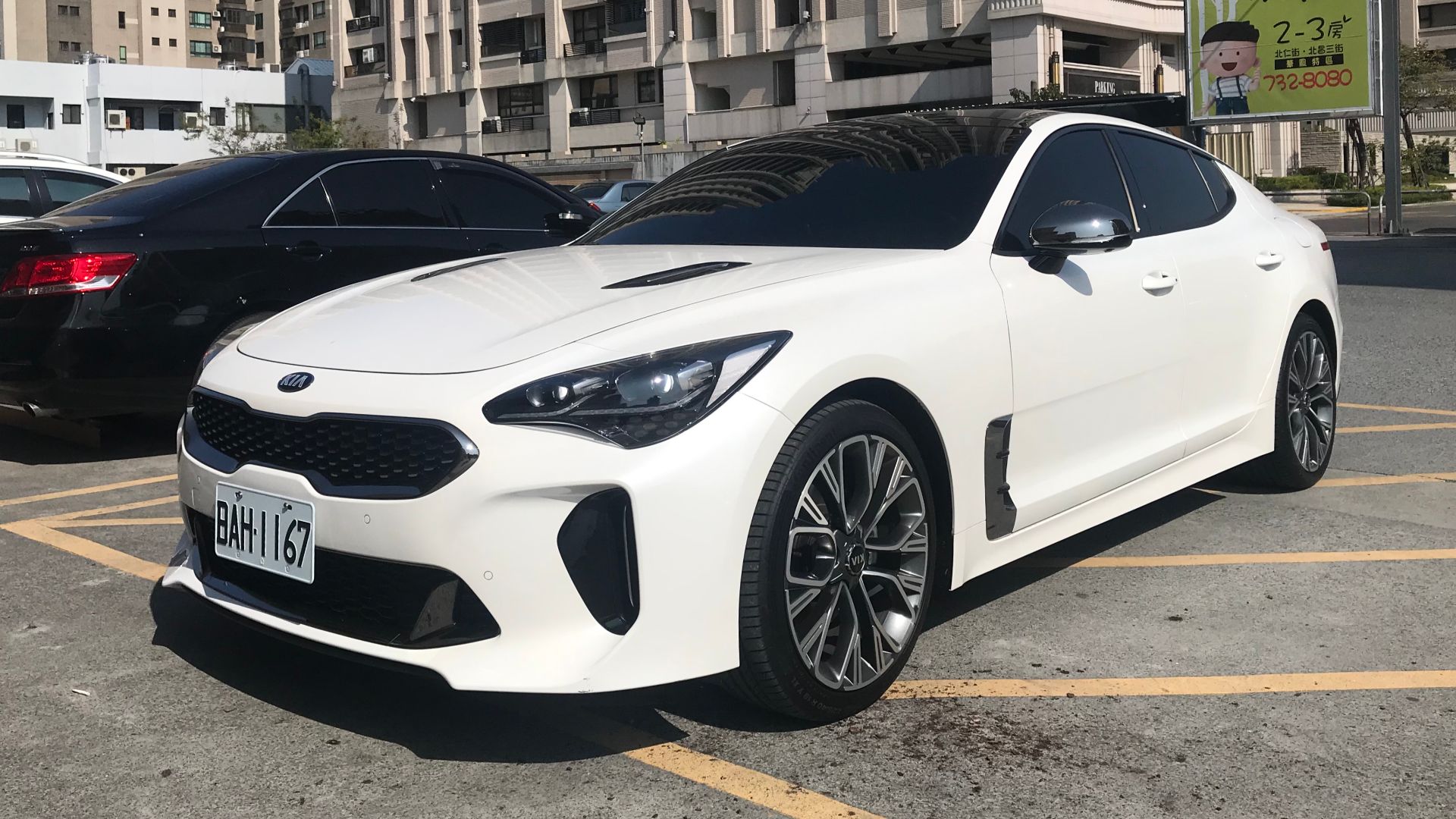 Jengtingchen, Wikimedia Commons
Jengtingchen, Wikimedia Commons
Luc Donckerwolke And The Lamborghini Murcielago
Designed in 1998 and introduced in 2001, the Murcielago brought sharp geometry and stealth-like intensity to Lamborghini’s legacy. Donckerwolke’s work fused drama with discipline to preserve and celebrate the wild spirit of the brand while adding refinement. His influence later shaped Bentley and Genesis, but the Murcielago remains his most arresting debut.
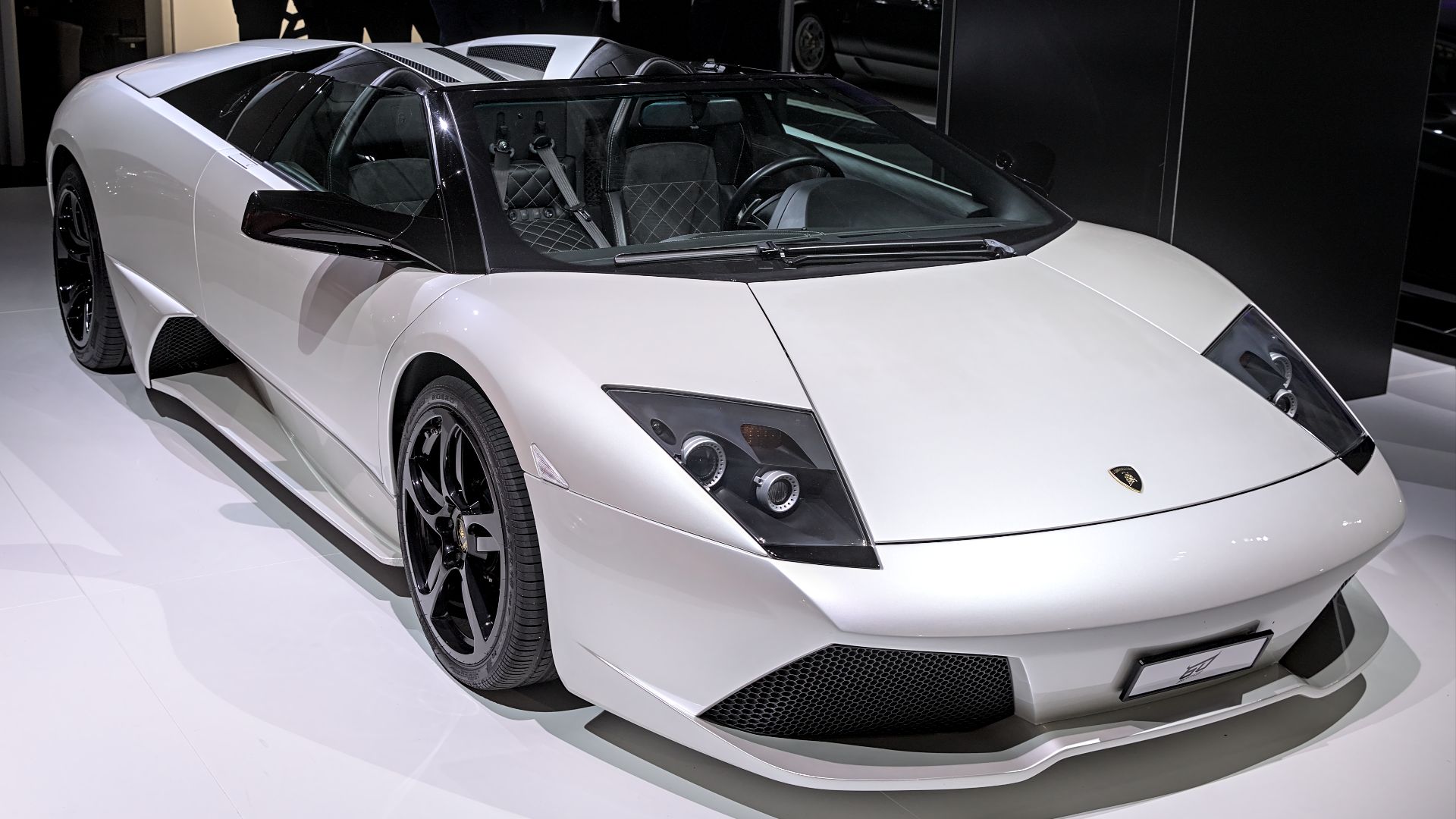 Alexander-93, Wikimedia Commons
Alexander-93, Wikimedia Commons
Marcello Gandini And The Lamborghini Miura
Gandini’s Lamborghini Miura redefined the supercar blueprint. With its rear mid-engine layout and provocative lines, it stunned audiences in 1966 and launched Gandini into design superstardom. His work at Bertone proved that aggressive styling and innovation could coexist without sacrificing balance or pure speed.
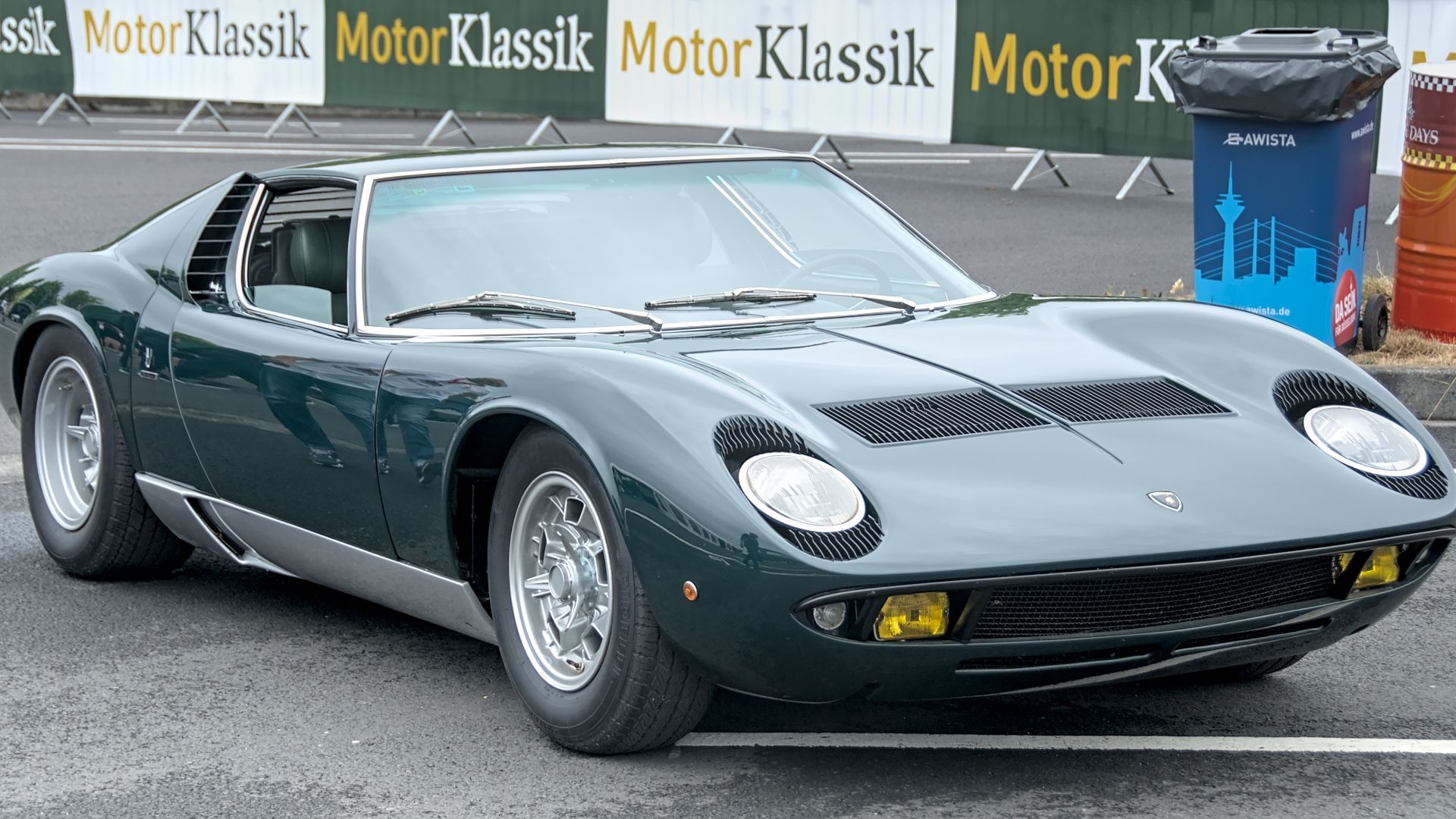 Alexander Migl, Wikimedia Commons
Alexander Migl, Wikimedia Commons
Harley Earl And The Chevrolet Corvette
More than a stylist, Harley Earl institutionalized auto design at General Motors. His 1953 Chevrolet Corvette was a declaration of postwar optimism. Earl’s love for long hoods and fiberglass innovation changed American vehicles from functional machines into aspirational lifestyle statements.
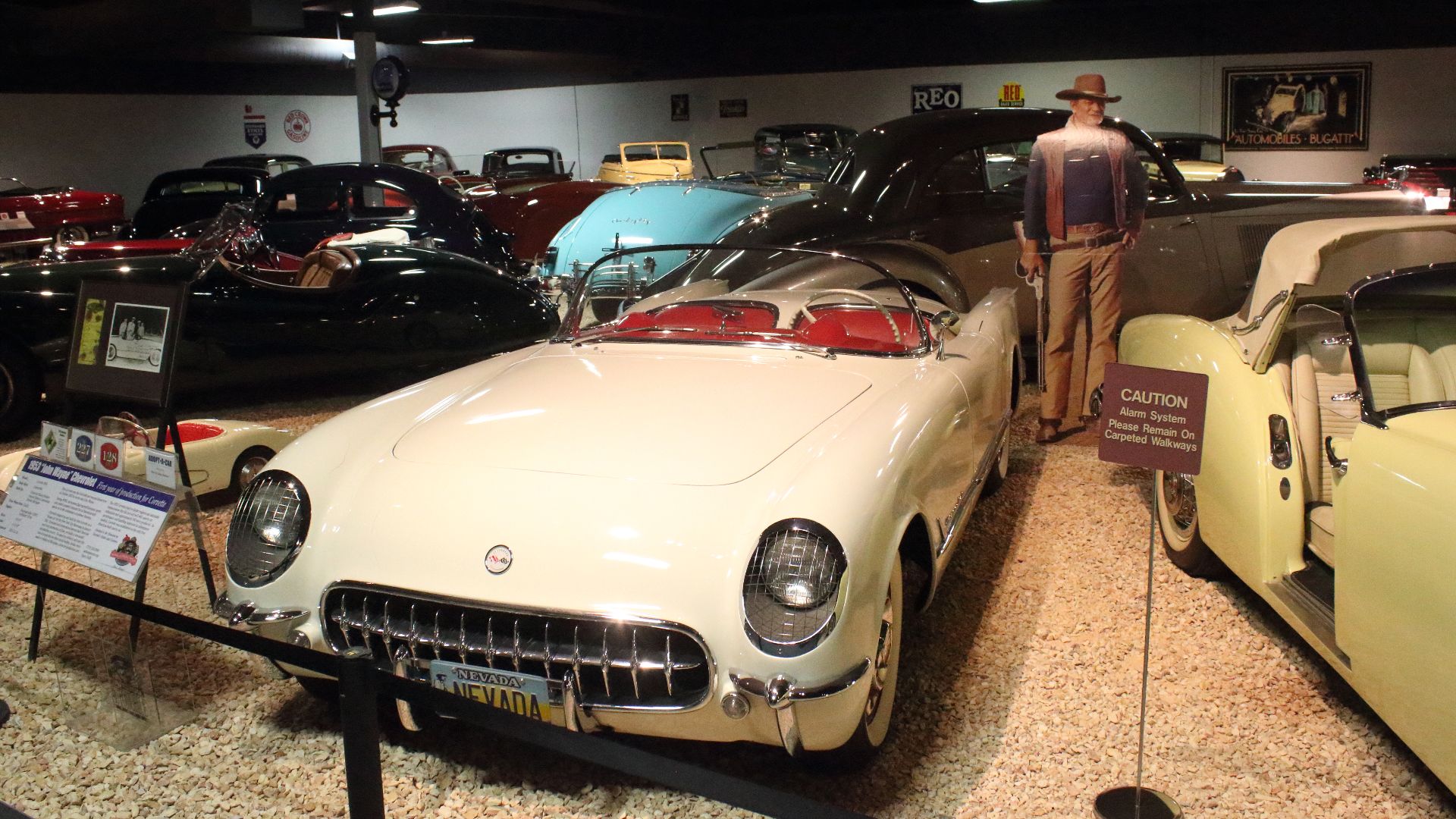 Andromeda2064, Wikimedia Commons
Andromeda2064, Wikimedia Commons
Battista “Pinin” Farina And The Ferrari 250 GT
Collaborating closely with Enzo Ferrari, Battista “Pinin” Farina shaped some of Italy’s most celebrated automotive silhouettes. The 250 GT combined elegance and motorsport pedigree, representing Pininfarina’s mastery of proportion and grace. Farina’s disciplined design language polished Ferrari’s image and secured his firm’s lasting influence on luxury performance styling.
Chris Bangle And The BMW 7 Series (E65)
Chris Bangle’s early 2000s BMW designs stirred industry-wide debate. The 2001 BMW 7 Series introduced “flame surfacing,” a sculpted, layered approach that disrupted decades of flat-panel conservatism. Though initially divisive, Bangle’s work prompted competitors to reconsider design boundaries—ultimately reshaping the visual language of premium sedans globally.
 Dinkun Chen, Wikimedia Commons
Dinkun Chen, Wikimedia Commons
Flaminio Bertoni And The Citroen DS
Rather than follow the crowd, Flaminio Bertoni pushed boundaries. The Citroen DS, launched in 1955, featured fluid aerodynamics and hydraulic suspension housed in a futuristic design that was decades ahead of its time. Bertoni, originally trained as a sculptor, fused technical function with avant-garde style and made the DS a symbol of French innovation and modernity.
J Mays And The New Beetle
The Volkswagen New Beetle was strategic. Under J Mays’ guidance, this redesign connected generations by modernizing a global classic. Rounded curves and playful details gave the original a facelift while integrating safety and tech. Mays helped spark a retro-design trend that influenced numerous car brands in the 2000s.
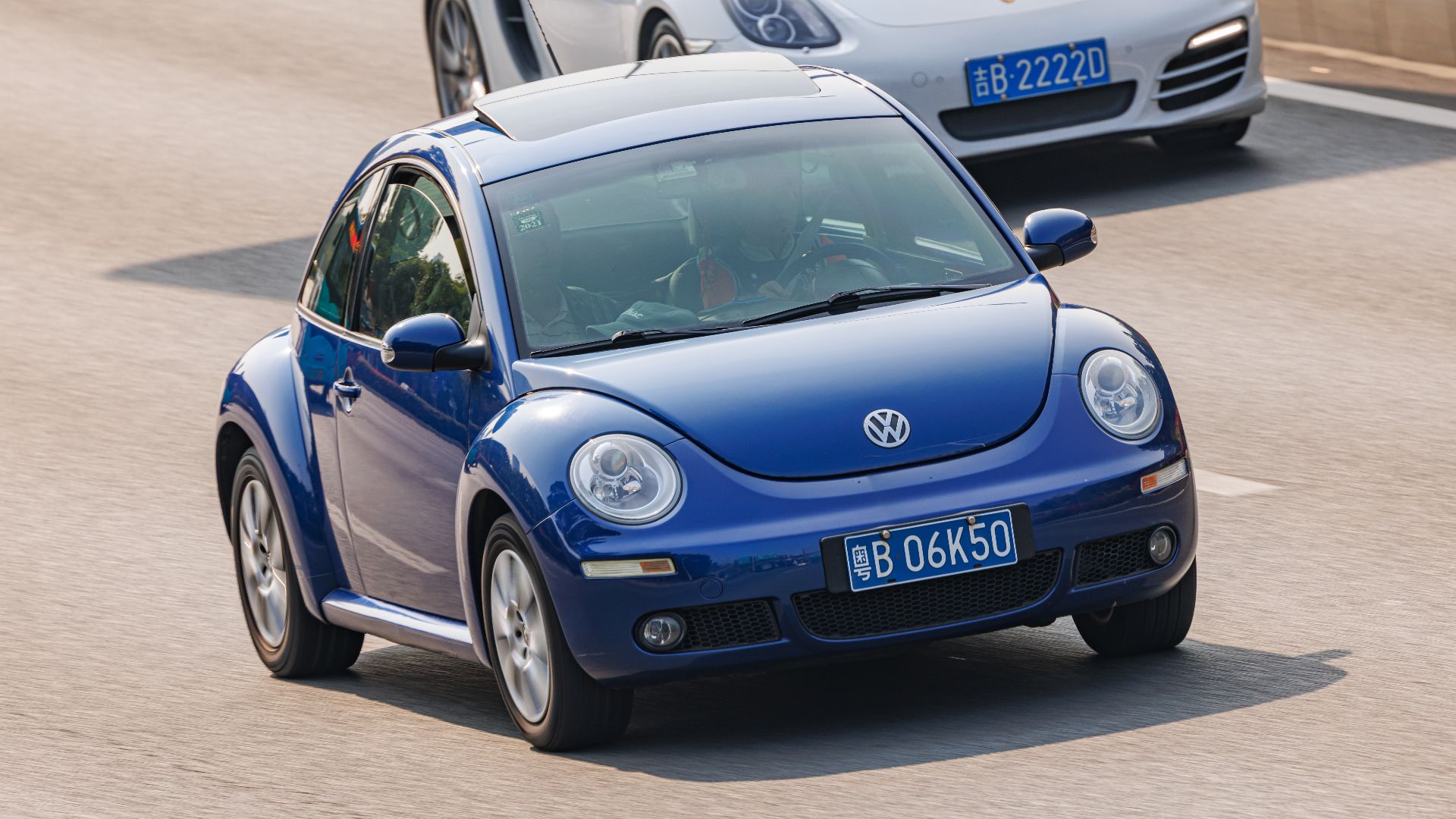 Dinkun Chen, Wikimedia Commons
Dinkun Chen, Wikimedia Commons
Bruno Sacco And The Mercedes-Benz W126
Every angle of the W126 S-Class reflects Bruno Sacco’s “vertical affinity” philosophy—ensuring design continuity across models. Released in 1979, this flagship Mercedes combined restrained luxury with subtle aerodynamic advances. Sacco’s understated approach influenced decades of brand consistency and proved that elegance could be quiet yet deeply functional.
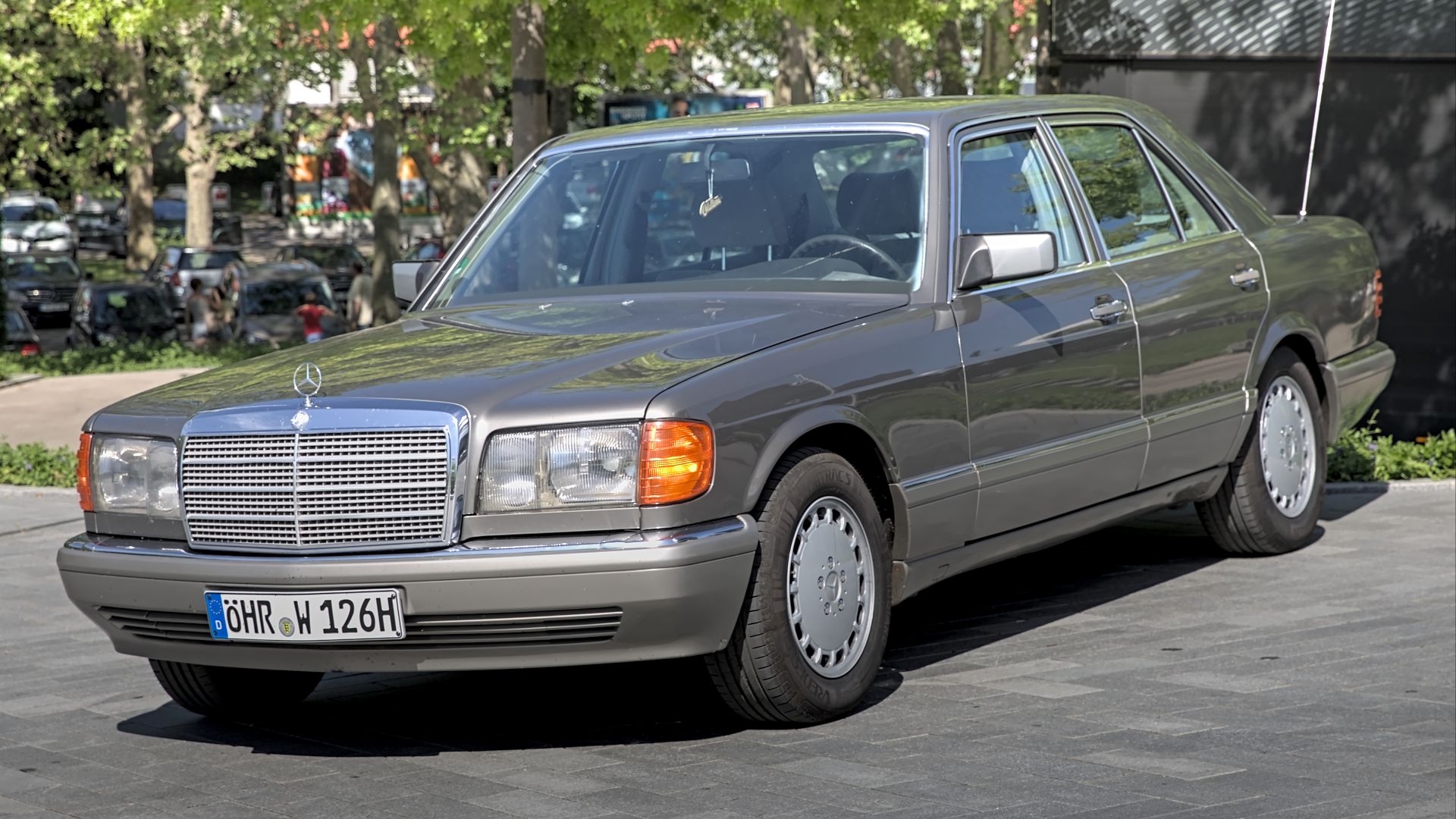 Alexander Migl, Wikimedia Commons
Alexander Migl, Wikimedia Commons
Henrik Fisker And The BMW Z8
When the BMW Z8 debuted in 1999, it revived the spirit of the iconic 507 with a modern twist. Fisker’s design emphasized symmetry and long-hood proportions, but every curve spoke to heritage without imitation. The Z8 became a design-led halo car: timeless and unmistakably bold in its intent.
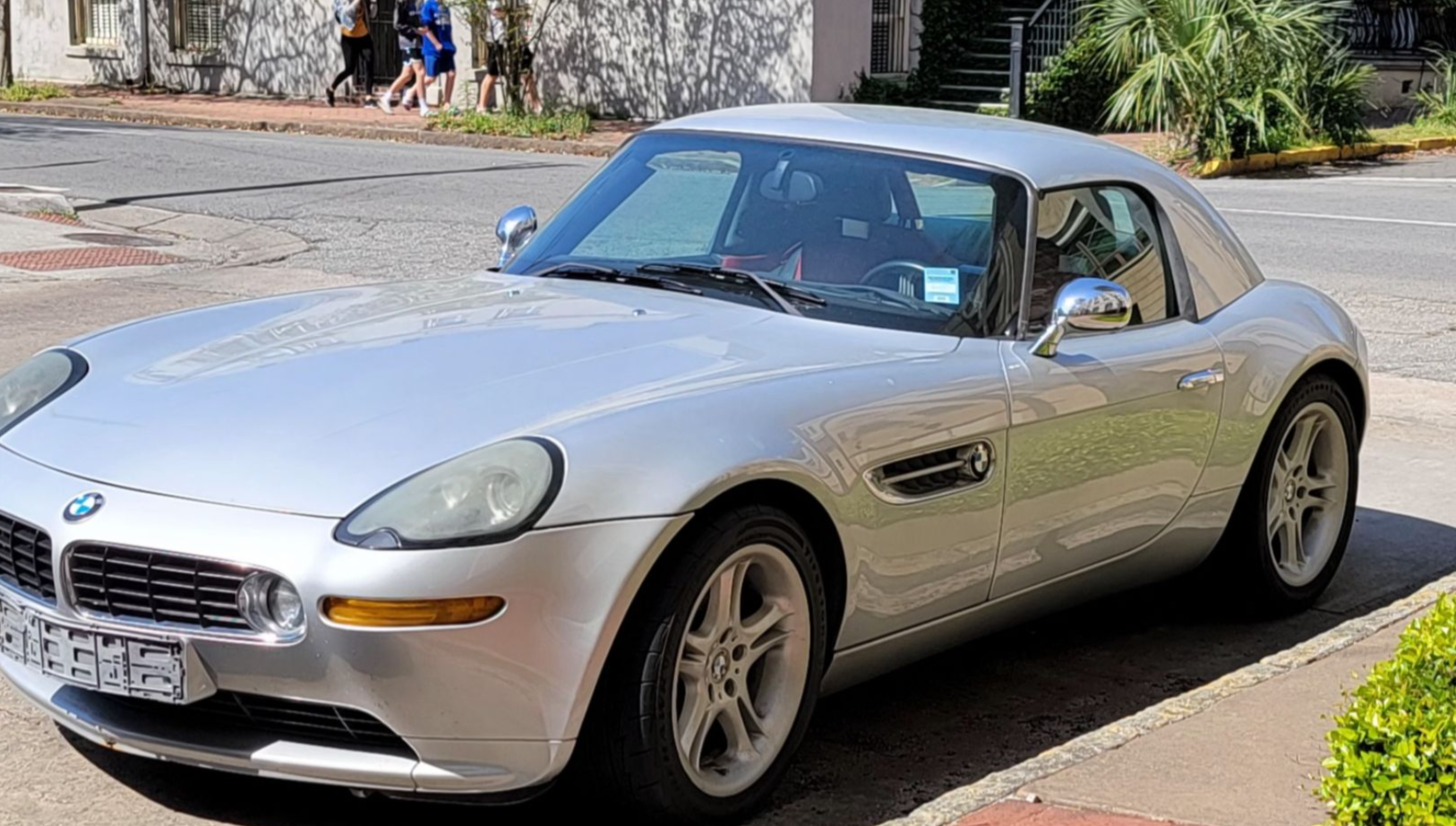 UltraTech66, Wikimedia Commons
UltraTech66, Wikimedia Commons
Tom Matano And The Mazda MX-5 Miata
Sporty yet unpretentious, the original Miata captured the joy of driving. Launched in 1989, Tom Matano’s design brought back the spirit of British roadsters—lightweight and mechanically simple. His emphasis on emotional connection over brute force helped make the MX-5 the world’s best-selling two-seat sports car.
Ercole Spada And The Alfa Romeo Giulia TZ
Spada’s work at Zagato fused racing principles with minimalist design. The Alfa Romeo Giulia TZ, released in 1963, showcased his signature Kamm-tail and lightweight curves. Form followed function but with flair. This was visual performance, expressed in aluminum and born for speed without excess.
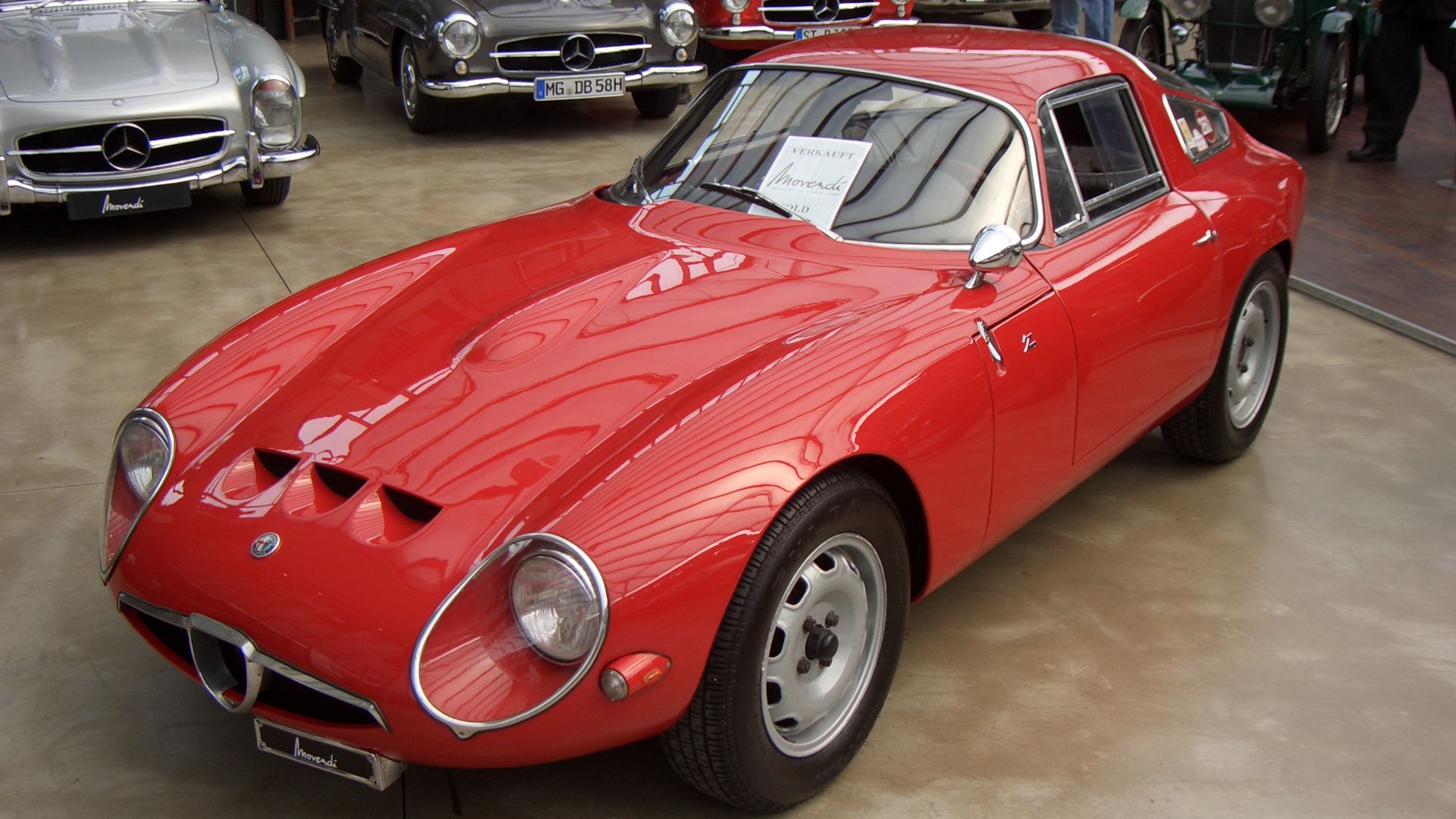 Detectandpreserve, Wikimedia Commons
Detectandpreserve, Wikimedia Commons
Frank Stephenson And The McLaren P1
Nature and engineering converged in Frank Stephenson’s vision for the McLaren P1. Introduced in 2013, it looked as though it had been shaped by airflow itself. His biomimicry-inspired design created a hybrid hypercar that pushed limits without relying on overstatement or brute aggression.
Larry Shinoda And The Chevrolet Corvette Stingray
Not just a stylistic overhaul, Shinoda’s 1963 Corvette Stingray became an instant icon. With hidden headlamps and a split rear window, it blended concept-car drama with production realism. Shinoda’s racing roots and aggressive aesthetic helped usher in the golden age of American sports car design.
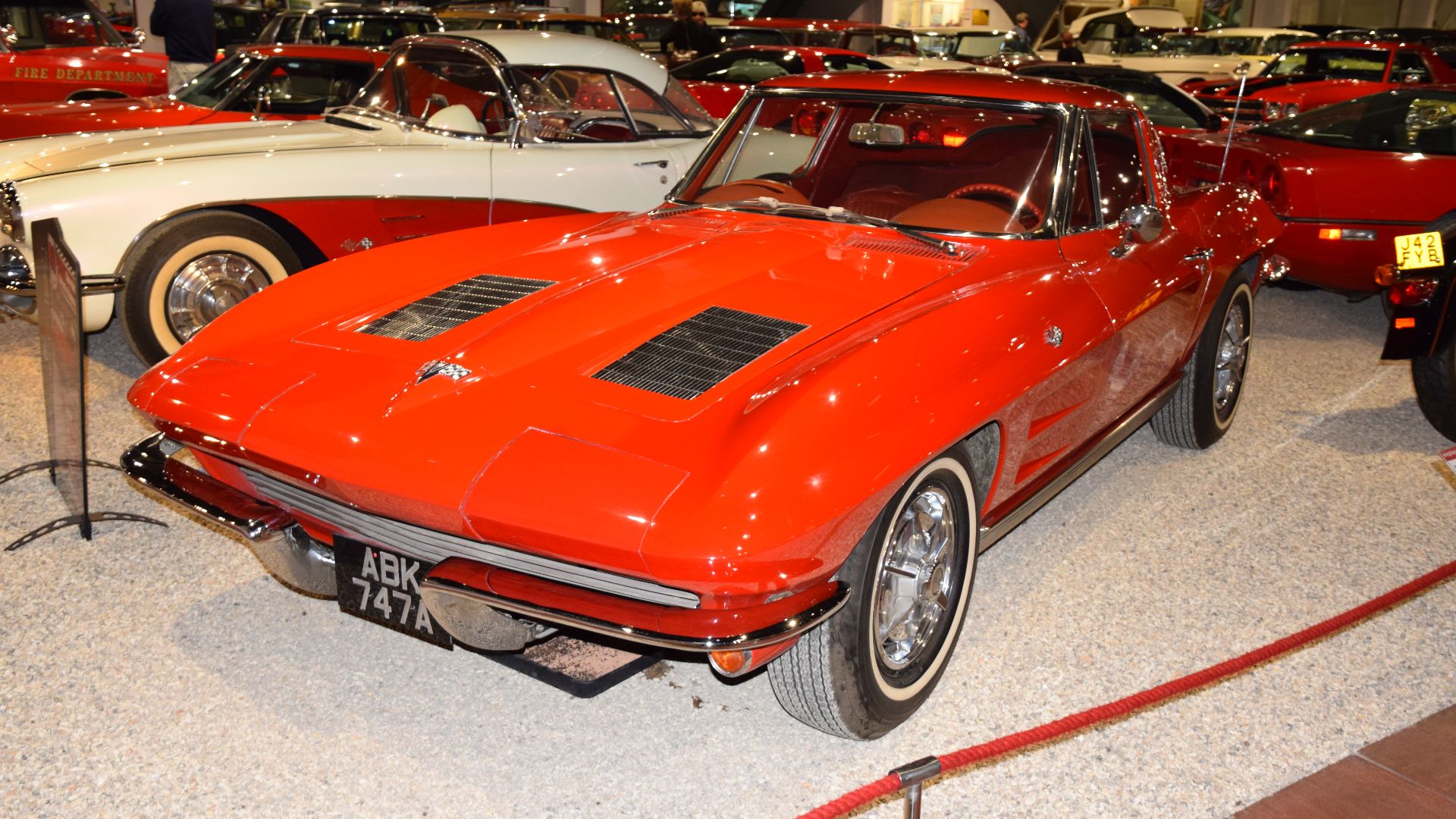 Hugh Llewelyn from Keynsham, UK, Wikimedia Commons
Hugh Llewelyn from Keynsham, UK, Wikimedia Commons
Ed Welburn And The Fifth-Generation Camaro
As GM’s first African-American global design chief, Ed Welburn reintroduced the Camaro in 2010 with muscular contours and retro inspiration. Welburn’s leadership reshaped GM’s visual identity by connecting heritage with modernity across brands and making diversity part of the design conversation.
Gorden Wagener And The Mercedes-Benz EQS
Electric didn’t have to mean sterile. Gorden Wagener brought “sensual purity” to life with the 2021 EQS. The cab-forward profile and integrated lighting showcased a clean break from combustion-era design. His work helped reposition Mercedes as a leader in electric luxury without losing its design soul.
Patrick Le Quement With The Avantime
Breaking the mold was a mission for Le Quement. His 2001 Avantime was part coupe, part minivan, all ambition. Its panoramic glass and pillarless doors challenged conventional categories. Though polarizing in sales, the Avantime became a cult symbol of design daring and French engineering experimentation.
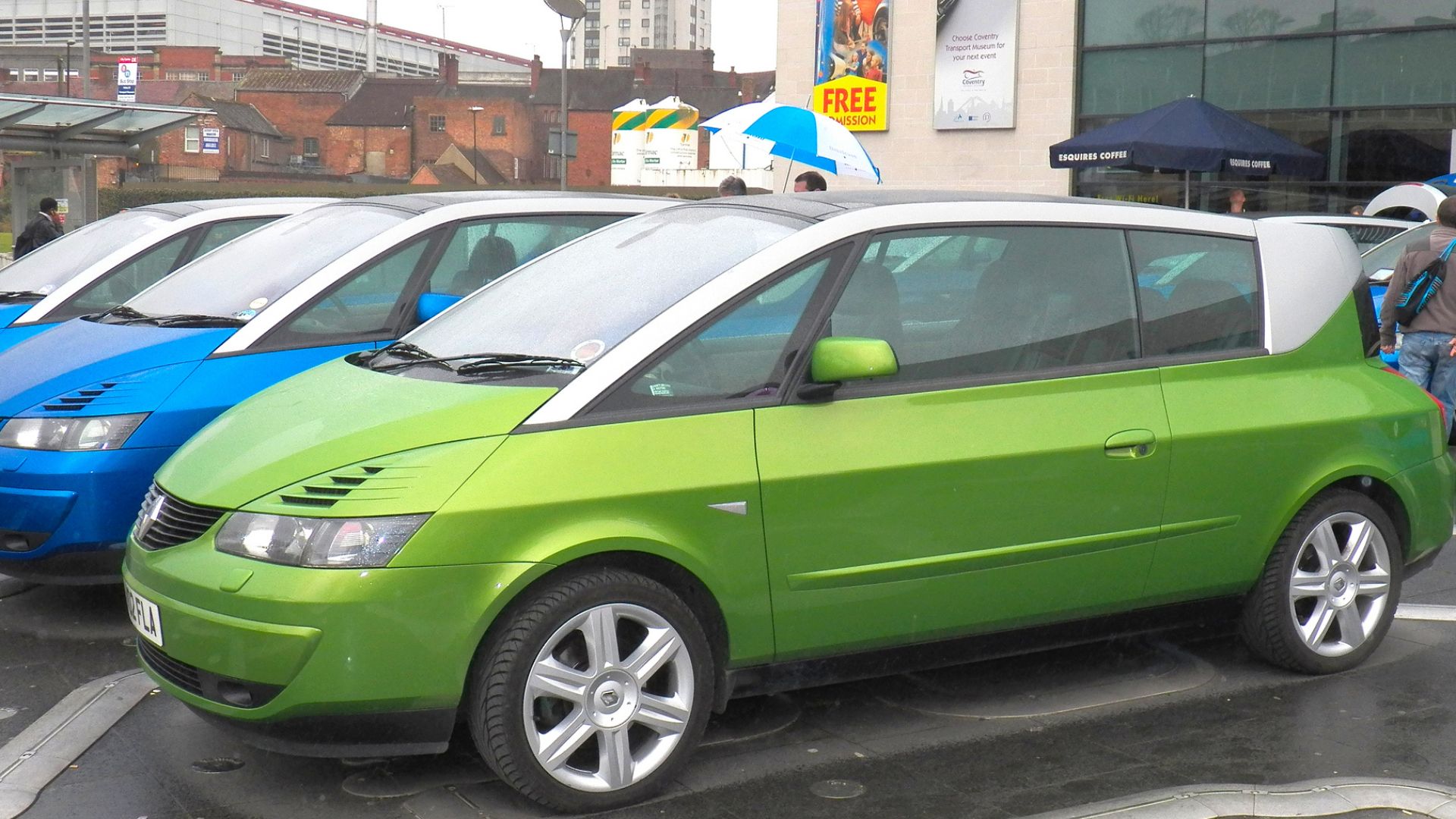 Conrad Longmore, Wikimedia Commons
Conrad Longmore, Wikimedia Commons
Giovanni Michelotti And The Triumph Spitfire
Though Italian by birth, Michelotti became integral to British motoring design. His work on the 1962 Triumph Spitfire offered an affordable sports car with sharp edges and balanced curves. Designed to be light and visually distinctive, the Spitfire showed that beauty and budget could share the same garage.
Ken Okuyama And The Enzo
With the Enzo, Ken Okuyama translated F1 technology into a road-ready spectacle. Released in 2002 under Pininfarina, the design featured wind-tunnel sculpting, a carbon fiber body, and sharp detailing that prioritized airflow. This was a rolling expression of Ferrari’s competitive DNA and aerodynamic mastery.
Robert Opron And The Citroen SM
More than a grand tourer, the Citroen SM was a technological showcase. Opron’s 1970 design merged aerodynamic elegance with advanced features like self-leveling suspension and directional headlights. Its flowing lines hid complexity beneath serenity and proved that innovative engineering and sculptural beauty could coexist in a single French silhouette.
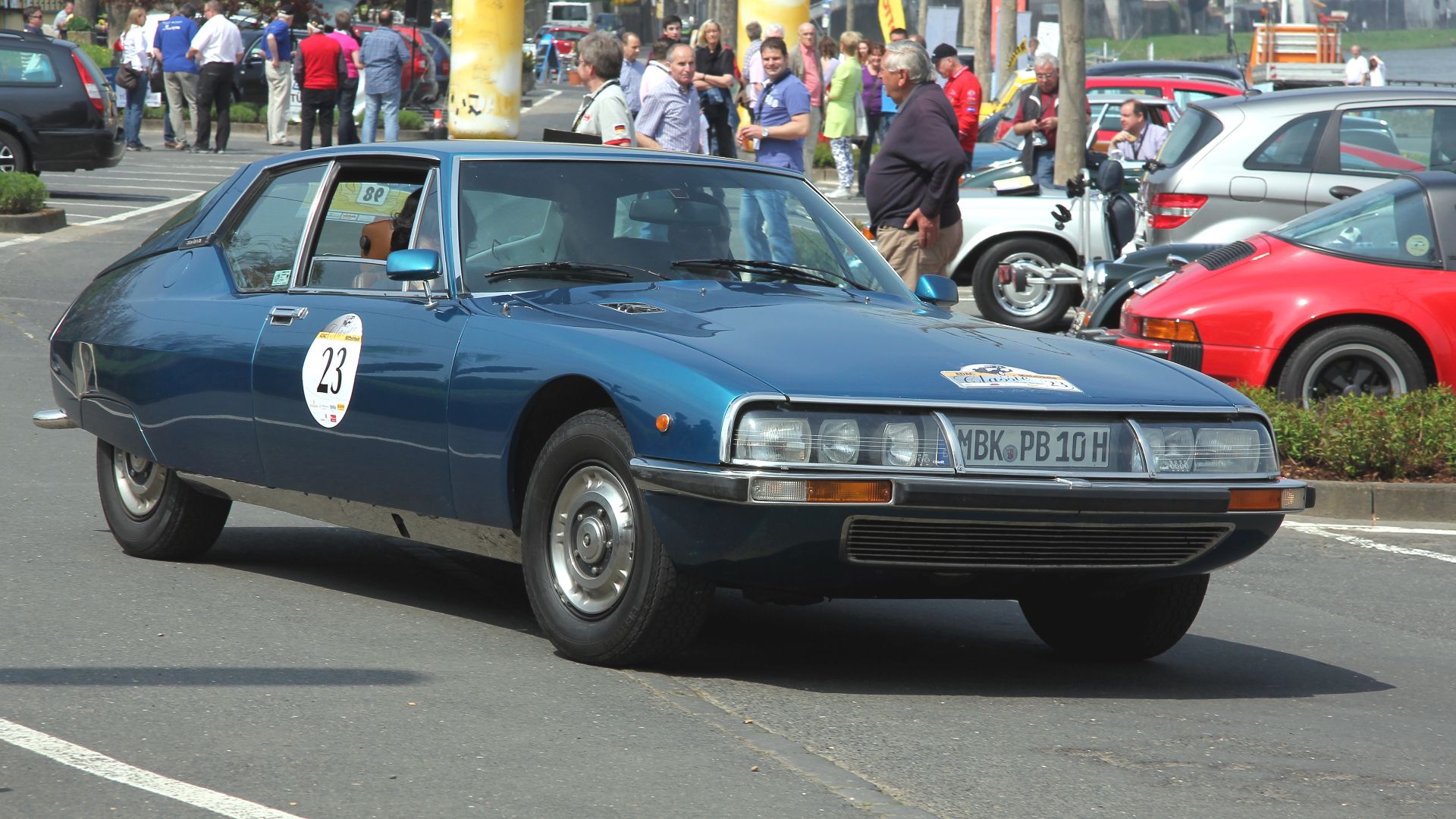 Lothar Spurzem, Wikimedia Commons
Lothar Spurzem, Wikimedia Commons
Georges Paulin And The Peugeot 402 Eclipse
Before convertibles had push-button convenience, Georges Paulin envisioned a power-retractable hardtop. In 1935, the Peugeot 402 Eclipse became the first production car with this now-common feature. A dentist by trade and engineer by passion, Paulin’s design fused practicality with elegance, forever altering the way open-top cars would be engineered.
Gerry McGovern And The Evoque
When the Range Rover Evoque launched in 2011, it reshaped what a luxury SUV could look like. Gerry McGovern rejected the boxy tradition for coupe-like flair and floating rooflines. The Evoque’s bold proportions brought fashion into utility, expanding Land Rover’s reach into cities without sacrificing identity or confidence.
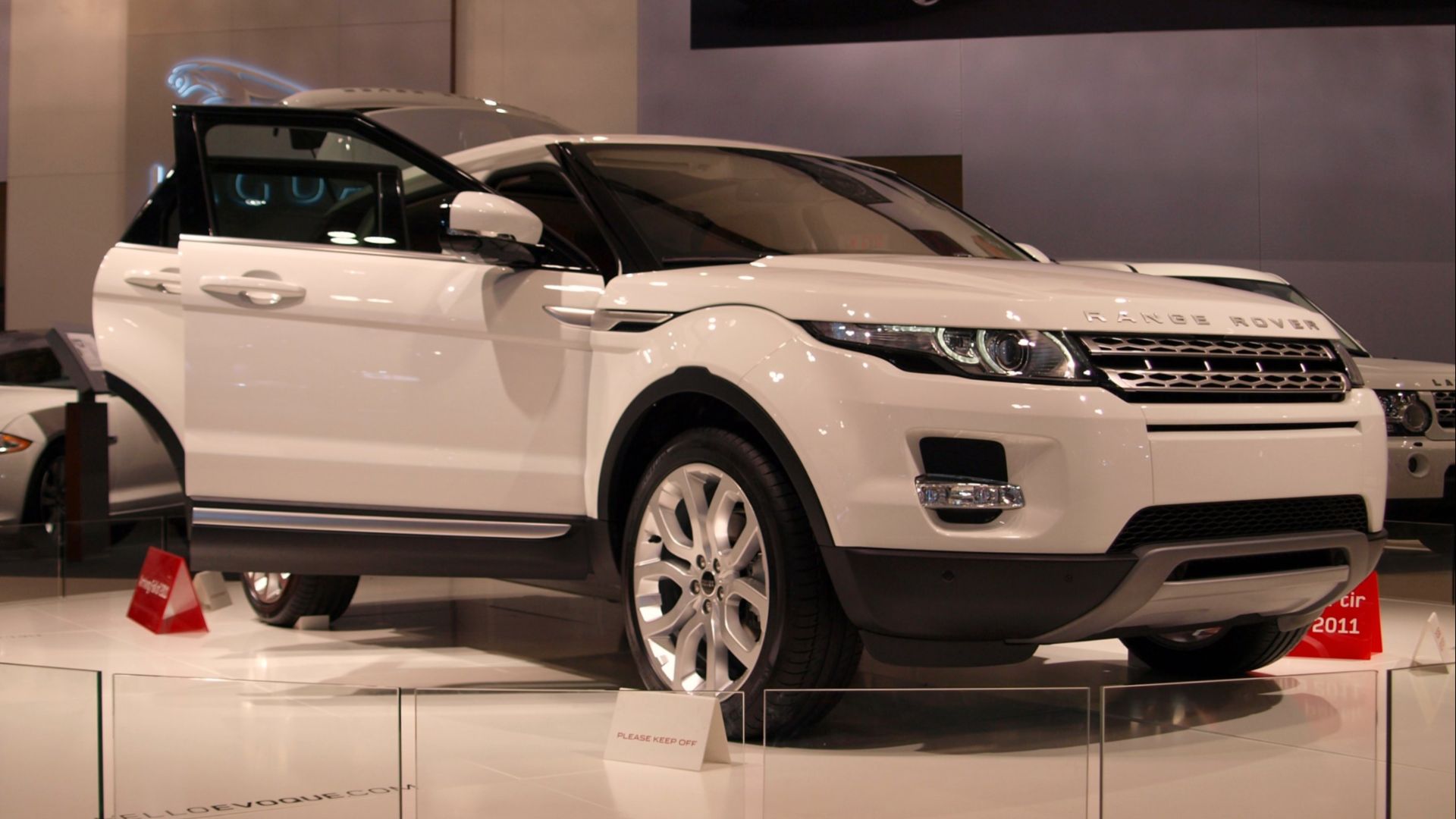 Michael Gil from Calgary, AB, Canada, Wikimedia Commons
Michael Gil from Calgary, AB, Canada, Wikimedia Commons
Jean Bugatti And The Type 57SC Atlantic
The 1936 Bugatti Type 57SC Atlantic is one of the most valuable and remarkable cars ever built. Jean Bugatti, son of Ettore, blended aviation materials with Art Deco curves and riveted seams. Only a handful were made, but each one stands as a symbol of elegance and pre-war design genius.
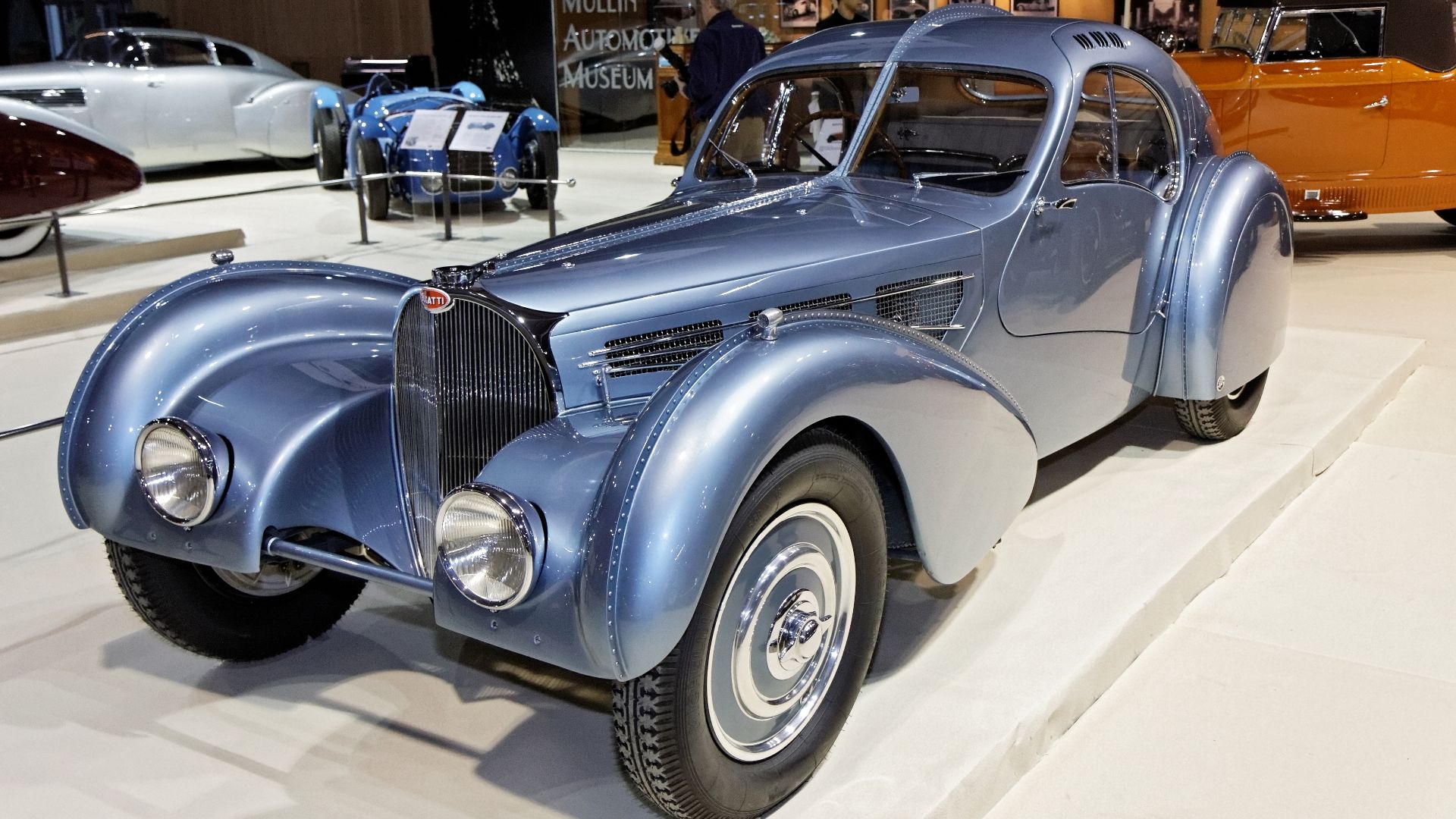 Thesupermat, Wikimedia Commons
Thesupermat, Wikimedia Commons
Dick Teague And The AMC AMX
In a market dominated by giants, AMC designer Dick Teague made a lasting impression. The 1968 AMX stood out with short overhangs and muscular proportions. Teague’s ability to create compelling shapes under tight budgets helped position AMC as a bold underdog in American automotive design.
William Towns And The Aston Martin Lagonda
Radical and divisive, the Aston Martin Lagonda—penned by William Towns in 1976—was unlike anything else on the road. Its wedge profile and avant-garde luxury redefined what a British sedan could be. Towns sculpted a statement that challenged automotive norms for decades.
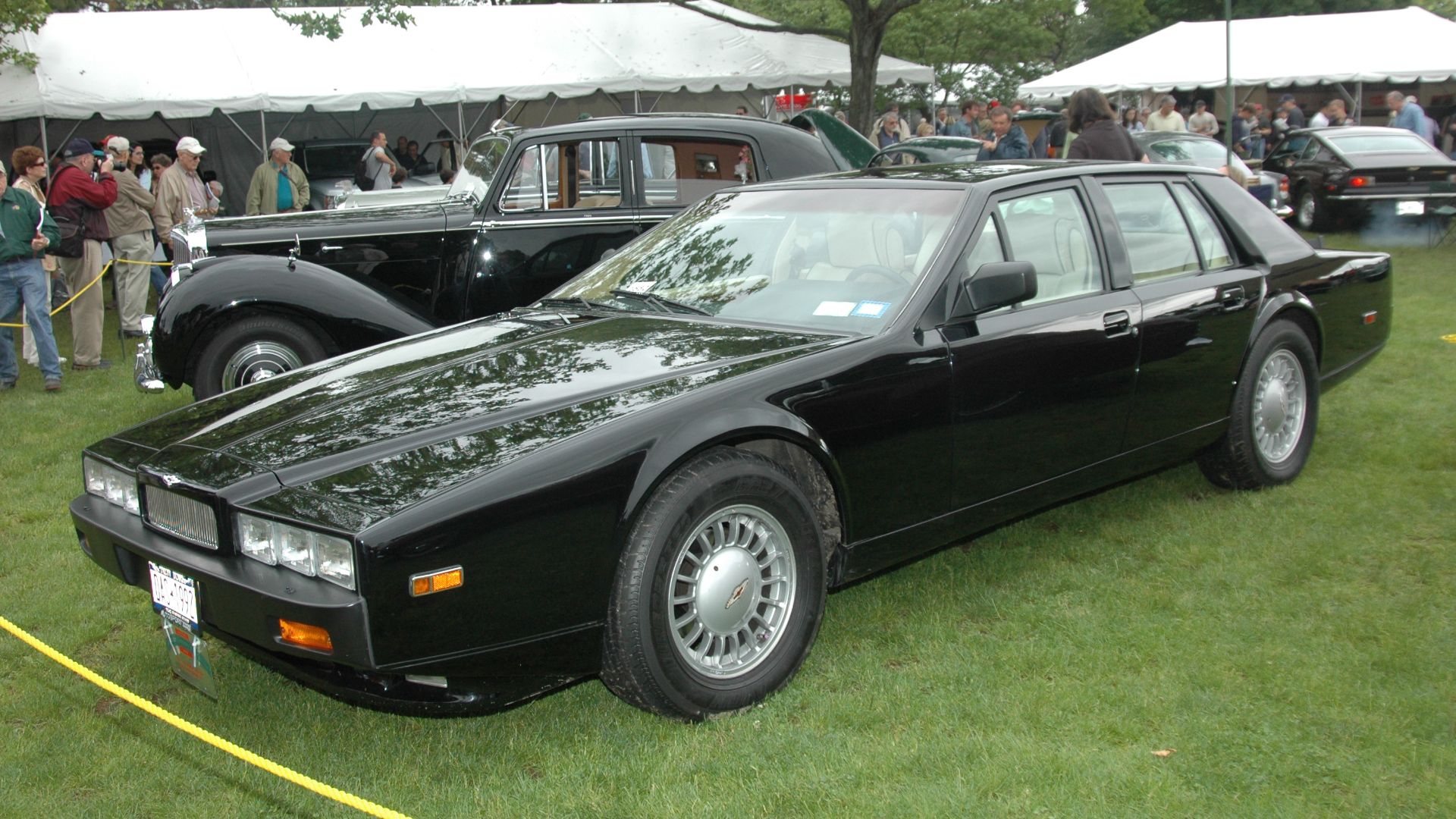 User Jagvar on en.wikipedia, Wikimedia Commons
User Jagvar on en.wikipedia, Wikimedia Commons
Jason Castriota And Ferrari P4/5
Commissioned by a private collector, the P4/5 wasn’t a Ferrari production car, but it felt like a factory legend. Castriota, working at Pininfarina, transformed an Enzo into a hand-built homage to Ferrari’s racing past. Every curve was aerodynamic art, merging nostalgia with modern engineering in one breathtaking silhouette.
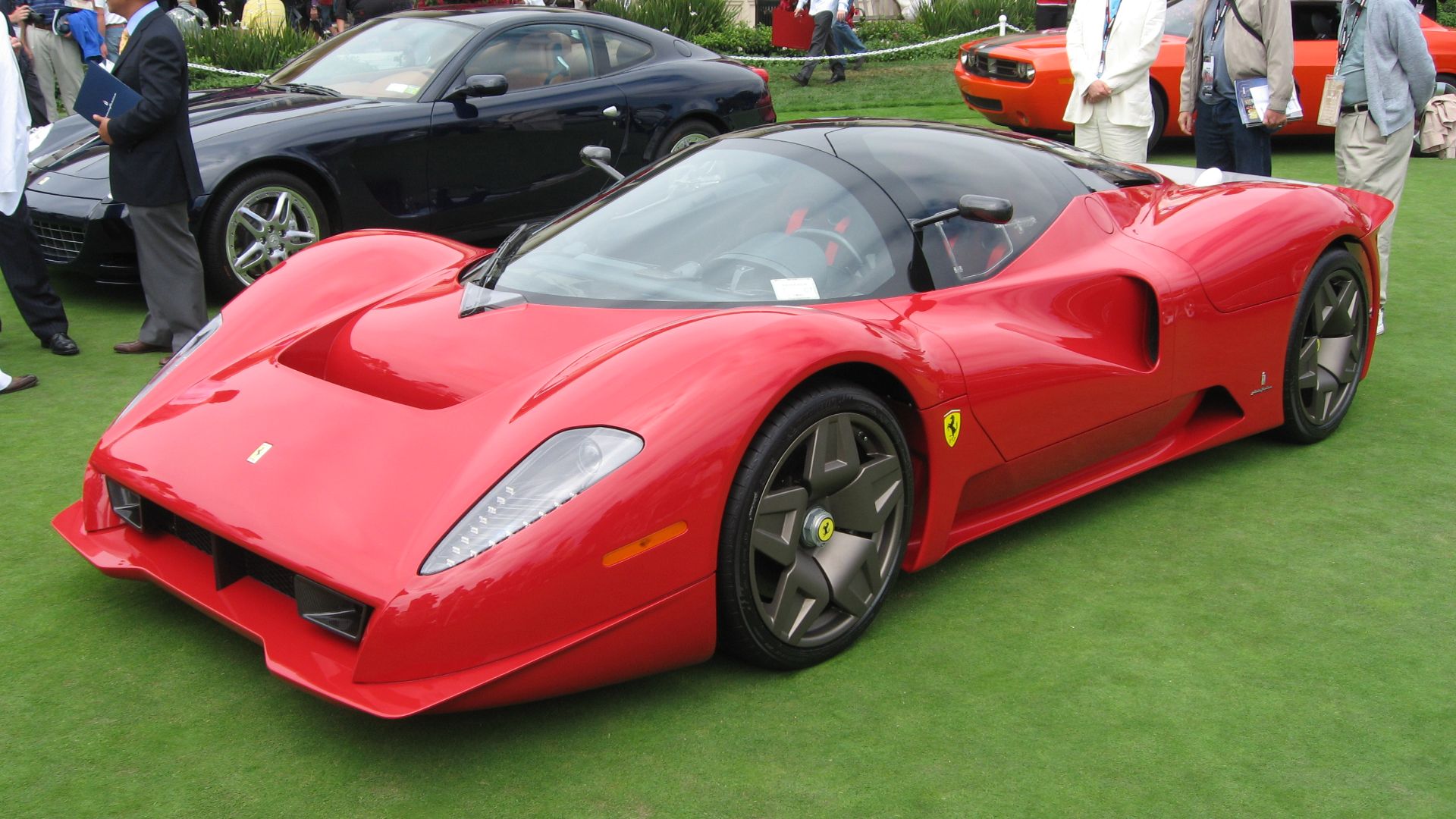 Simon Davison from Los Gatos, United States, Wikimedia Commons
Simon Davison from Los Gatos, United States, Wikimedia Commons
Peter Stevens And McLaren F1
Everything about the McLaren F1 was purpose-built, and Stevens’ design delivered clarity over flash. Launched in 1992, its clean surfaces and subtle curves prioritized performance without distraction. The F1’s form followed its uncompromising function and set the benchmark for hypercars long before the term became mainstream.
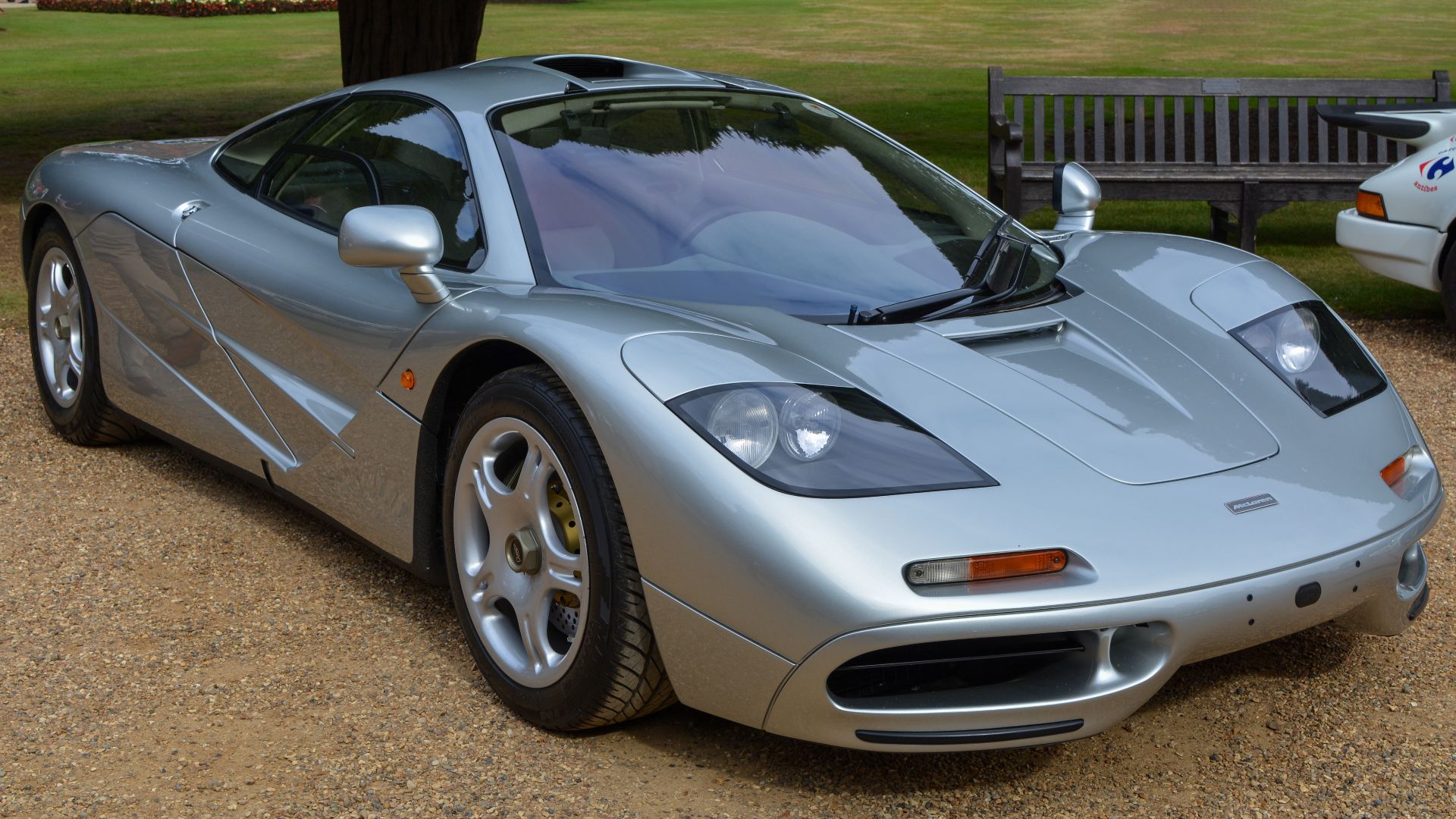 Chelsea Jay, Wikimedia Commons
Chelsea Jay, Wikimedia Commons
Tom Tjaarda And The De Tomaso Pantera
Mixing Italian styling and American muscle, the Pantera reflected design elegance and raw power. Tjaarda’s 1971 creation for Ghia offered aggressive geometry wrapped around a Ford V8. His approach delivered a supercar that was not only exotic but also accessible—bridging continents through balanced proportions and clear visual impact.
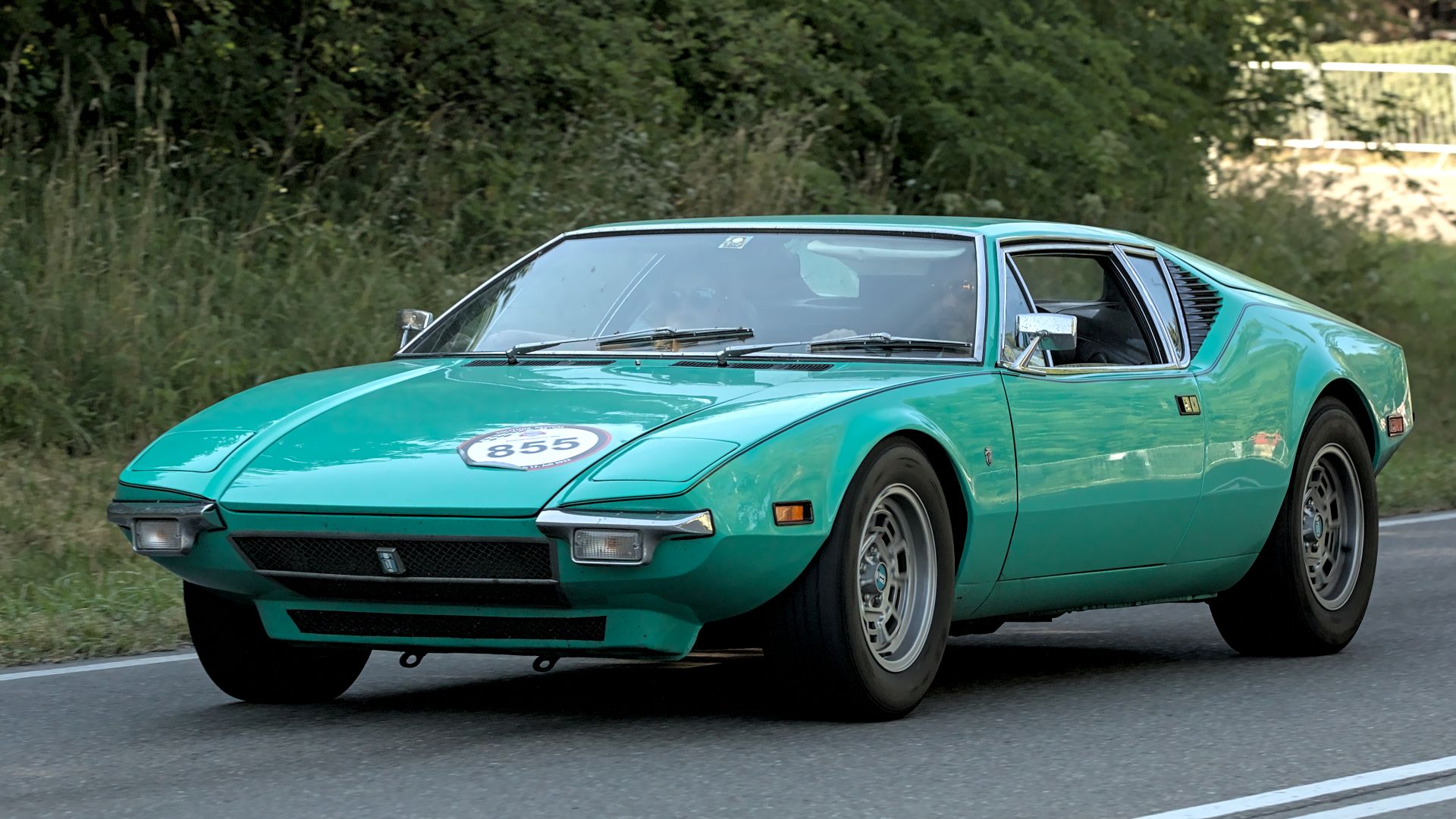 Alexander Migl, Wikimedia Commons
Alexander Migl, Wikimedia Commons
Julian Thomson And The Lotus Elise
Driving experience came first in the 1996 Lotus Elise, and the design followed suit. While often overshadowed by Lotus engineering, Julian Thomson’s aesthetic choices emphasized lightness and agility. The Elise’s minimal, purposeful shape reflected its function and proved that beauty can emerge from restraint, not just embellishment.
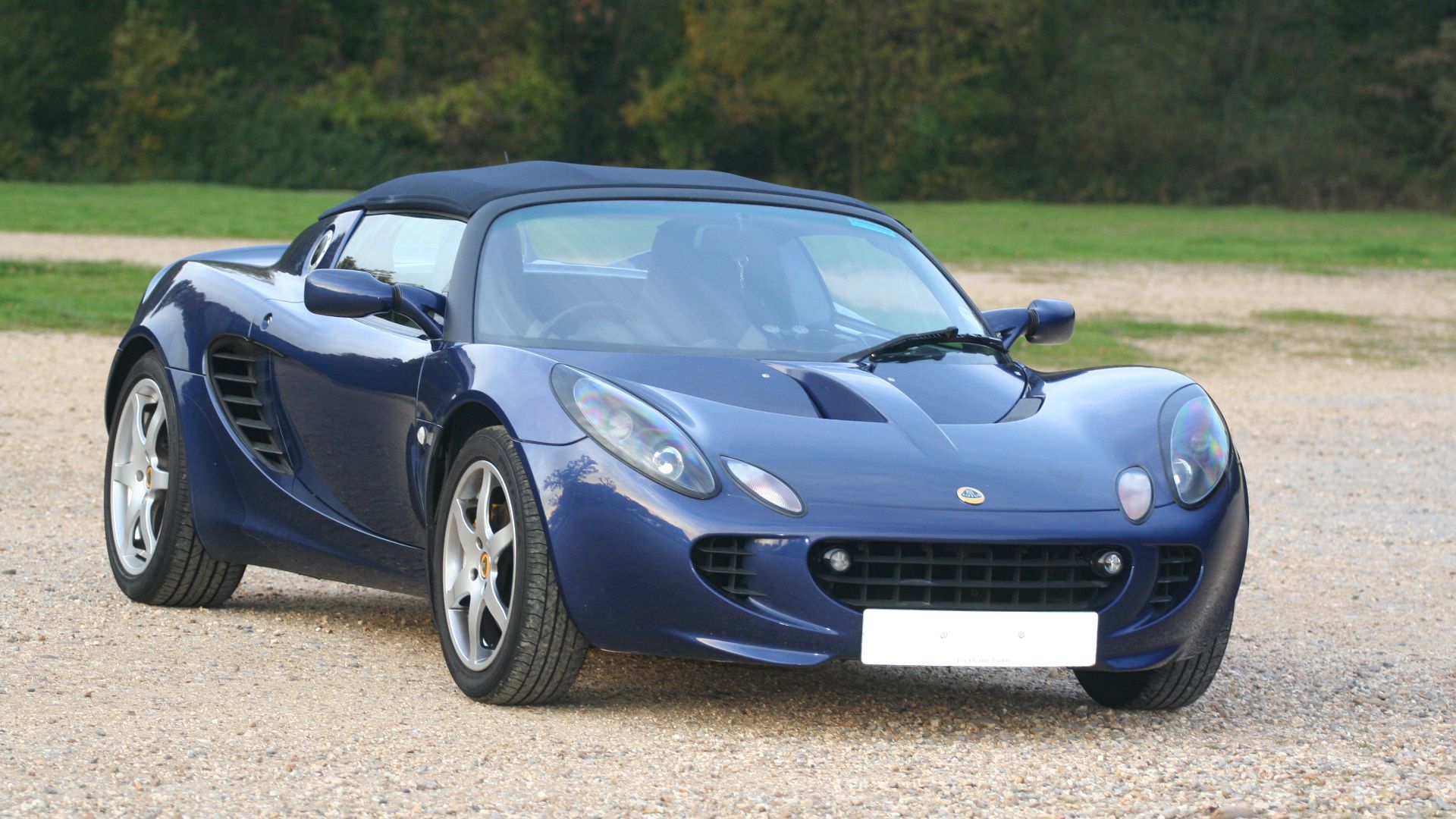 Starjammer at English Wikipedia, Wikimedia Commons
Starjammer at English Wikipedia, Wikimedia Commons
Andrea Zagato And The IsoRivolta GTZ
Rooted in heritage but built for modern collectors, the IsoRivolta GTZ offers a mix of rarity and racing DNA. Zagato’s signature double-bubble roof and sweeping form give the 2020 model elegance and intent. As head of the family coachbuilder, Andrea Zagato upholds a tradition where design and individuality still reign.
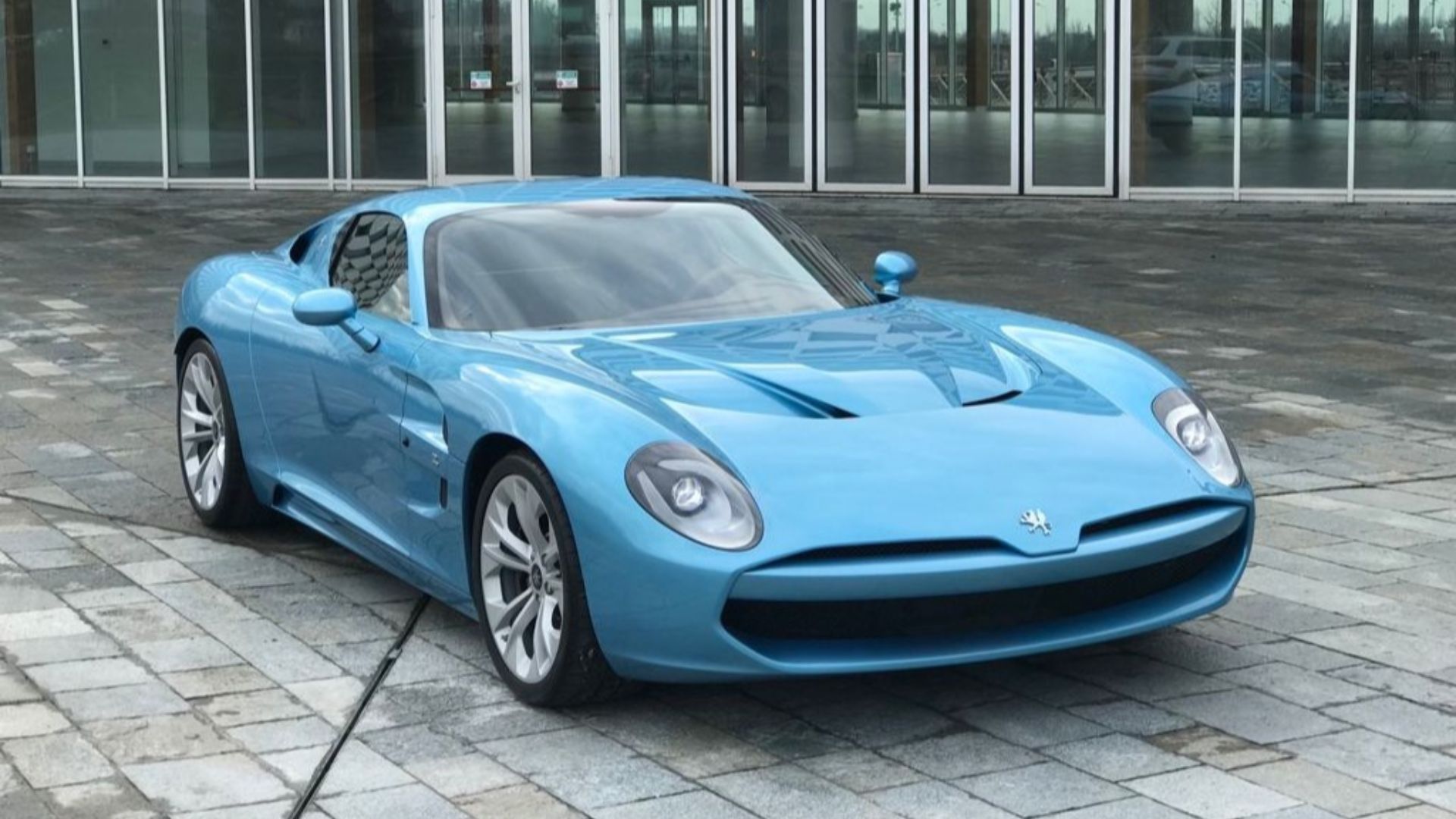 Paolo Alberto Fina, Wikimedia Commons
Paolo Alberto Fina, Wikimedia Commons
Ralph Gilles And The Dodge Charger Hellcat
When Dodge needed muscle with attitude, Gilles delivered. His redesign of the Charger culminated in the Hellcat: a full-size sedan with supercharged aggression and a wide-body stance. Unapologetically bold, the design fused throwback cues with modern menace and made it one of the most visually commanding American sedans of the modern era.
David Hilton And The Ford Fiesta ST
Hot hatches often blend into their compact class but not the Fiesta ST. As Ford Europe’s chief designer, Hilton emphasized aggressive sculpting and precise detailing. Launched in 2013, the model’s performance-ready posture and clean surfaces brought a real edge to a budget-friendly car that combines daily usability with a track-inspired personality.
 Jakub "Flyz1" Maciejewski, Wikimedia Commons
Jakub "Flyz1" Maciejewski, Wikimedia Commons
Martin Smith And The Ford S-MAX
Launched in 2006, the Ford S-MAX brought unexpected athleticism to the MPV category. Under Martin Smith’s design leadership, its sharp contours and fluid surfaces delivered a sense of movement even at a standstill. The S-MAX proved that family vehicles could combine spaciousness with sophisticated, kinetic design.
Geoff Lawson And The Jaguar XJ (X300)
Jaguar faced the challenge of modernizing without losing identity, and Lawson found the balance. The X300 retained the brand’s long hood and curved roofline but introduced a crisper, more contemporary execution. Lawson’s work helped reposition Jaguar in a competitive luxury market while respecting its legacy.
Kevin Rice And The Mazda RX-Vision
Presented in 2015, the RX-Vision was a manifesto. Rice’s design drew from Mazda’s Kodo philosophy, emphasizing soulful motion through minimalist curves and flowing surfaces. Though rotary production never followed, the RX-Vision stands as one of the most striking concept cars of the decade.
Stephane Schwarz And The Nissan 350Z
The 350Z wasn’t a nostalgic copy—it was a modern statement. Under Stephane Schwarz’s direction, the design introduced a new chapter for Nissan’s Z lineage in 2002. Its taut, rear-wheel-drive stance and strong beltline honored the past while carving out a distinctive identity for a new generation.
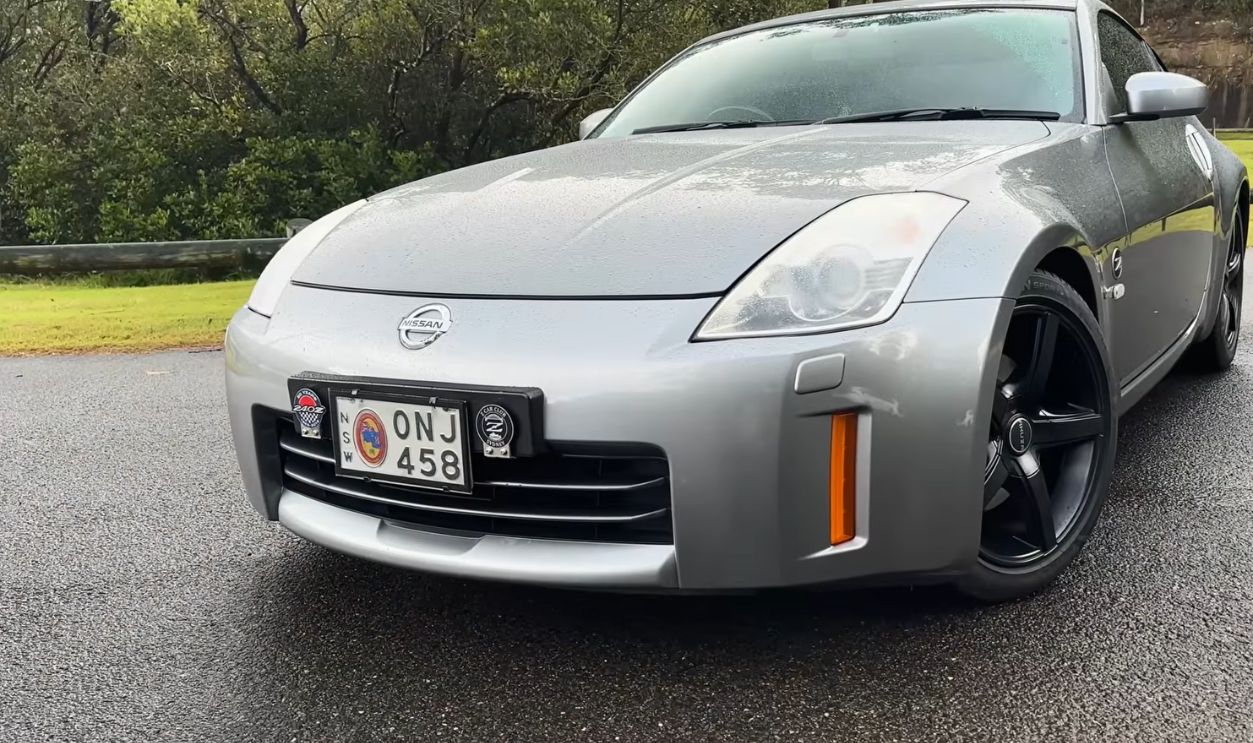 USED Nissan 350Z - The common problems & should you buy one? by ReDriven
USED Nissan 350Z - The common problems & should you buy one? by ReDriven
Pierre Leclercq And The BMW X6
Few vehicles split opinion like the BMW X6. Designed under Pierre Leclercq’s lead in 2008, it fused SUV height with coupe rooflines and created a new segment entirely. Dismissed by some and embraced by others, the X6’s design proved that visual boldness could translate into market success when backed by conviction.
 Thomas doerfer, Wikimedia Commons
Thomas doerfer, Wikimedia Commons
Lowie Vermeersch And The Pininfarina H2 Speed
Unveiled in 2016, the H2 Speed envisioned a hydrogen-powered track car with clean aggression. Vermeersch's form language emphasized aerodynamic flow without harsh angles. Designed for sustainability and speed, it marked Pininfarina’s bold step into the post-carbon era—where environmental goals and expressive design are no longer mutually exclusive.
 Charles Guenant, Wikimedia Commons
Charles Guenant, Wikimedia Commons

